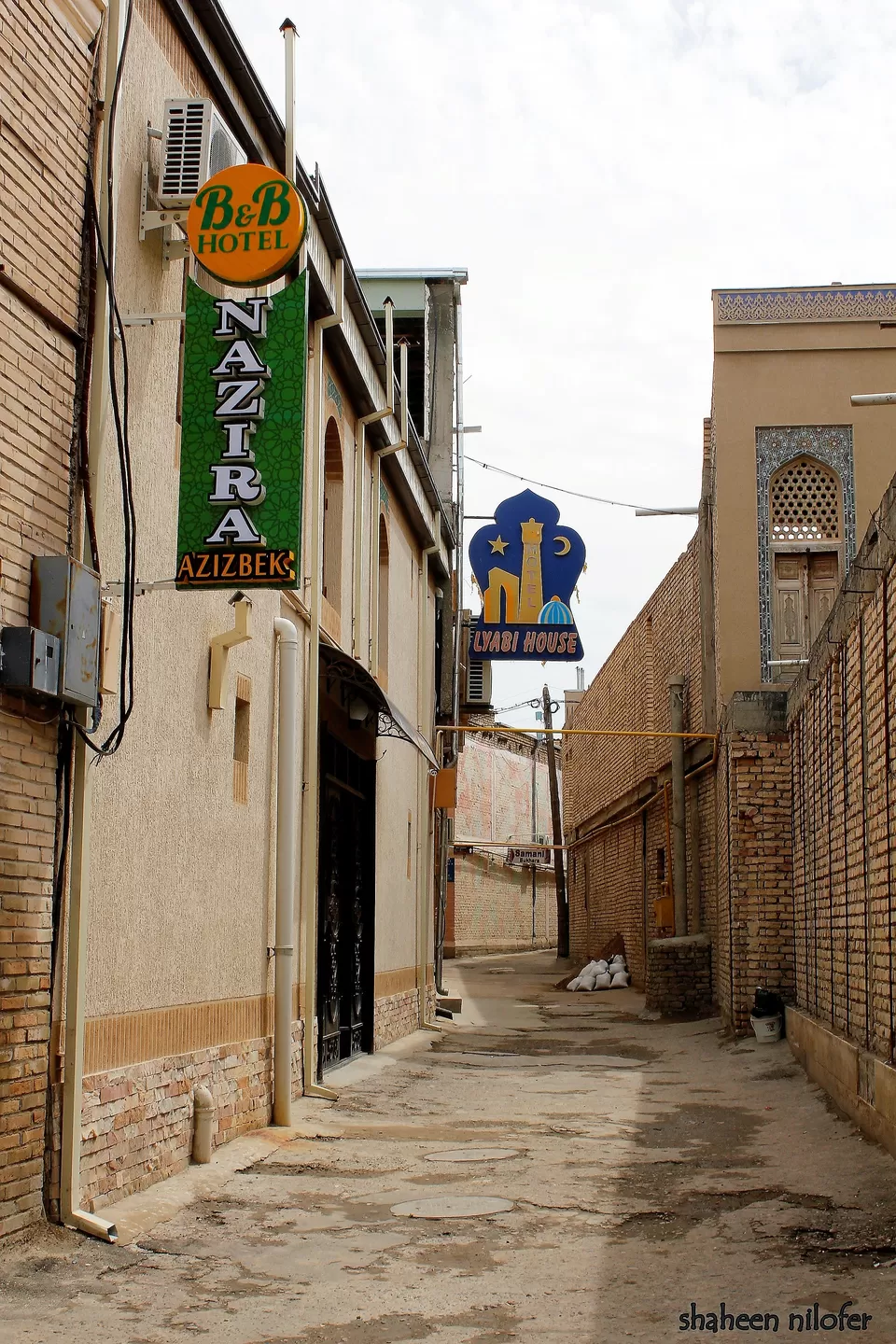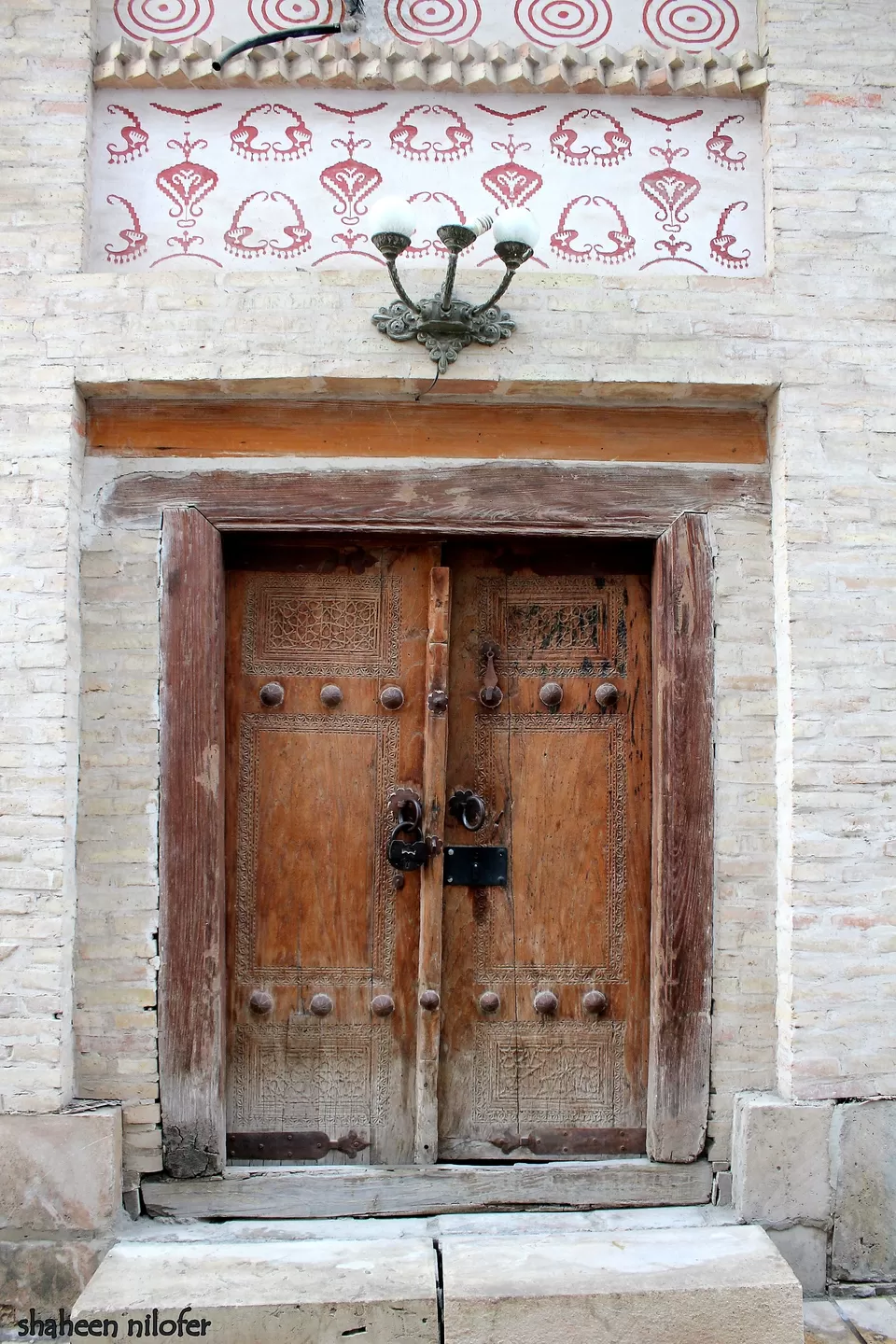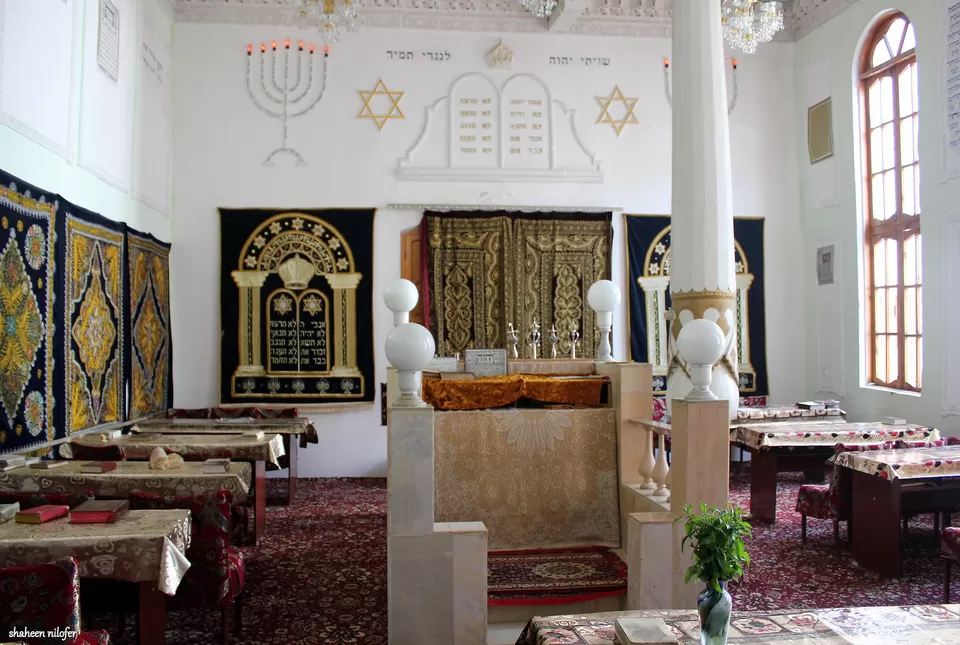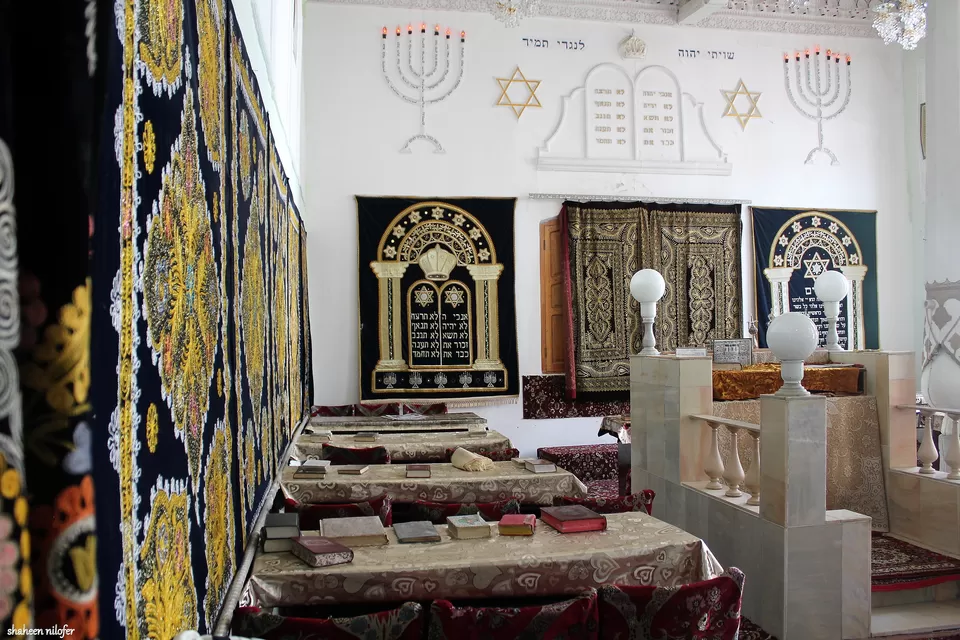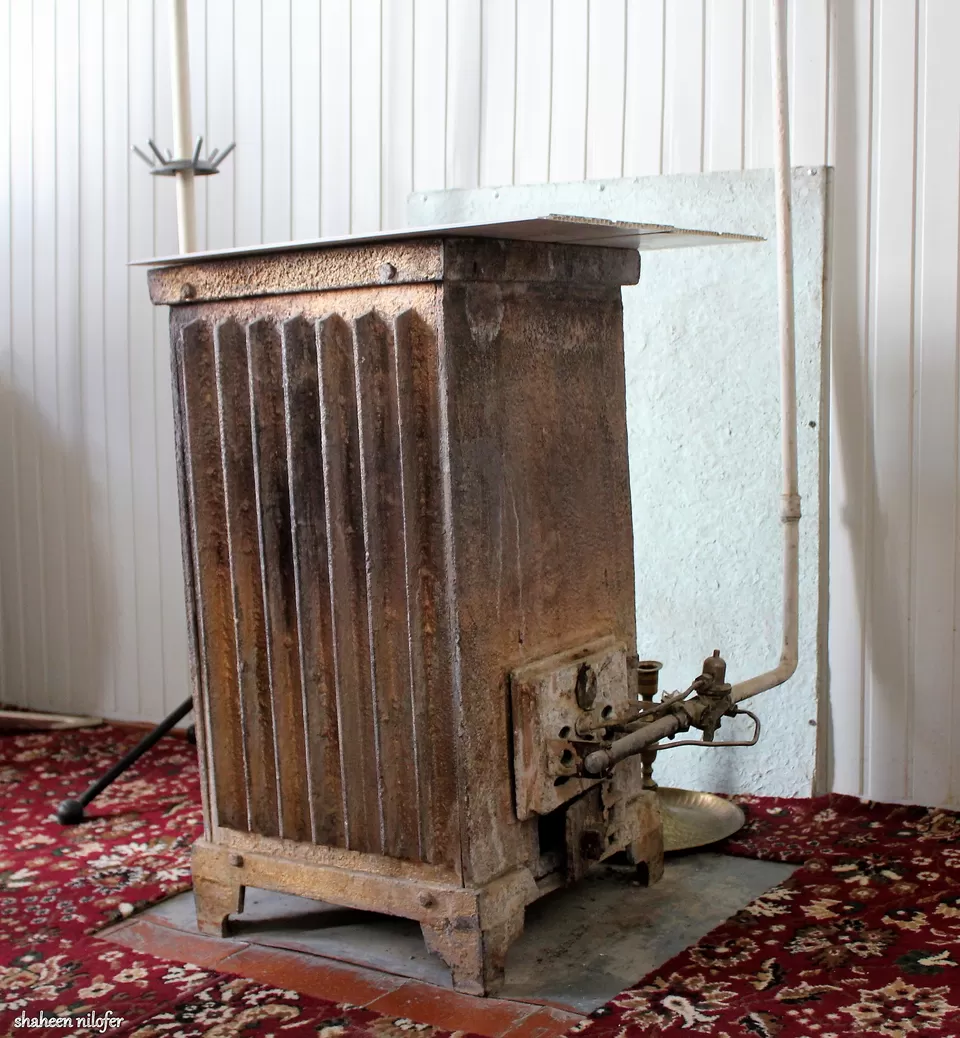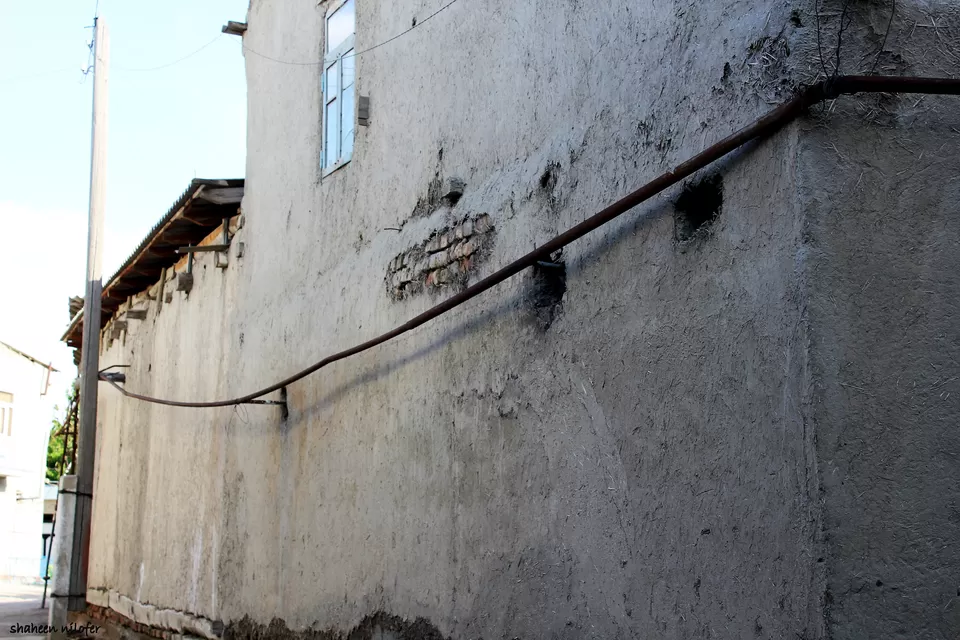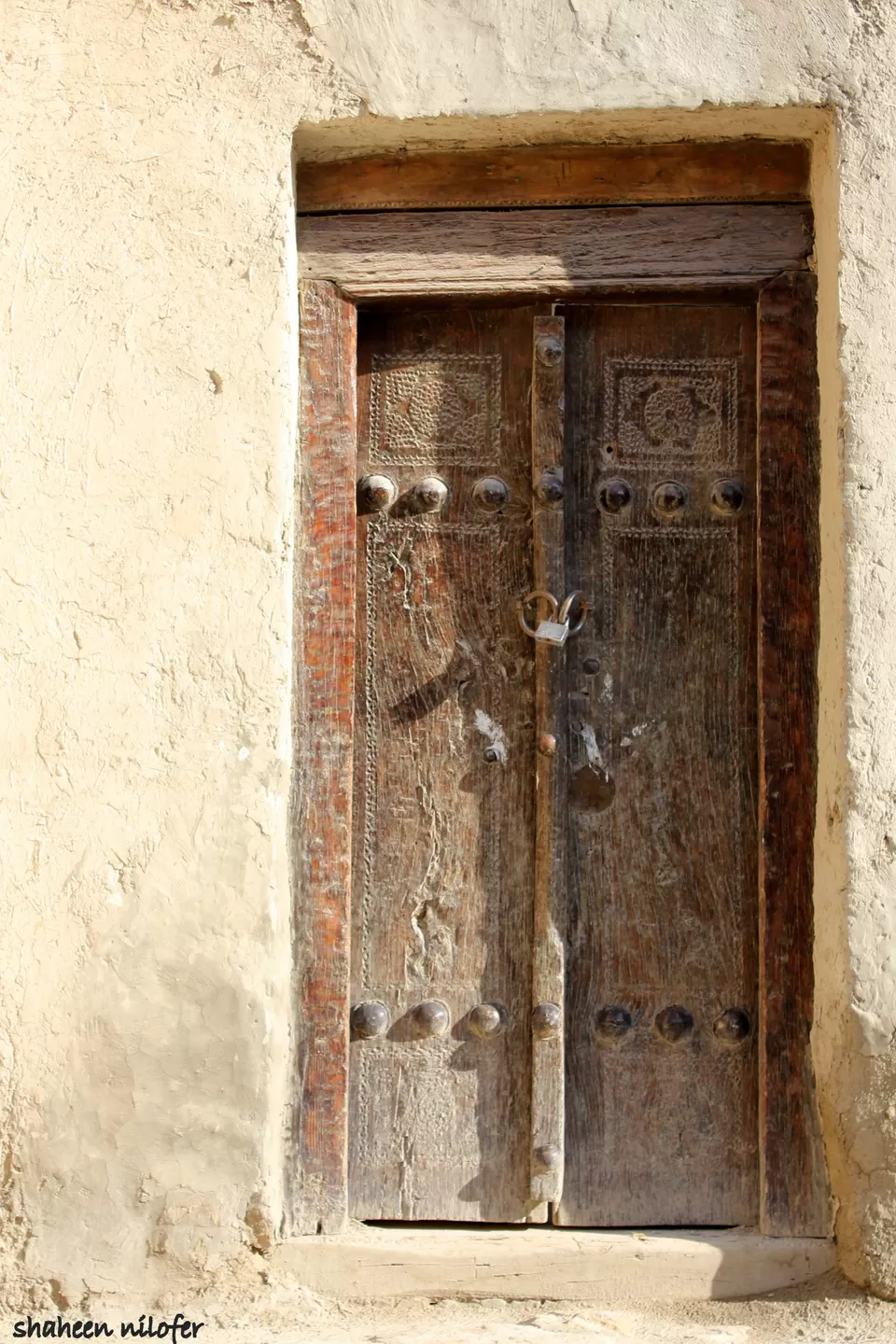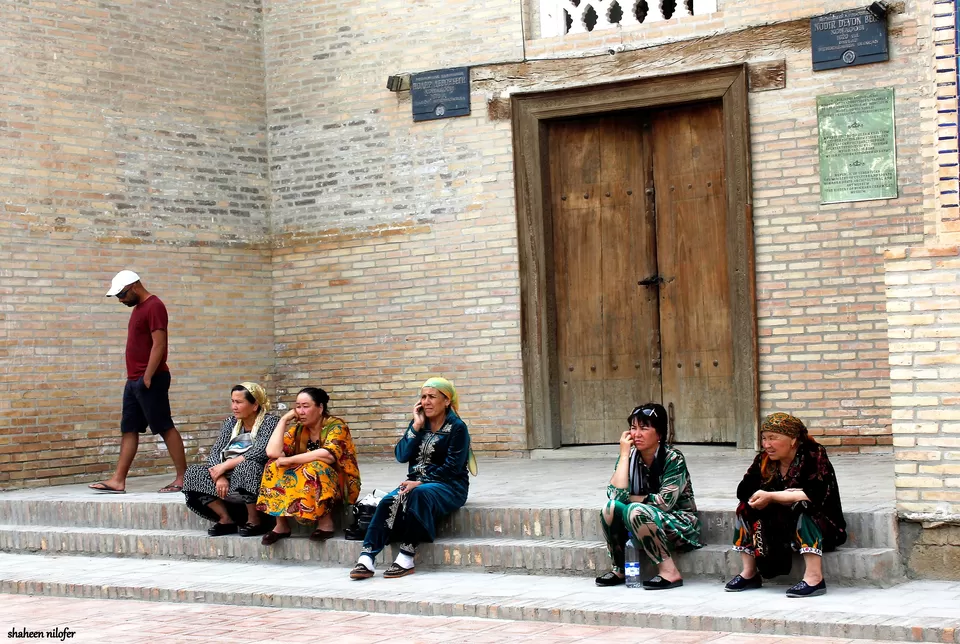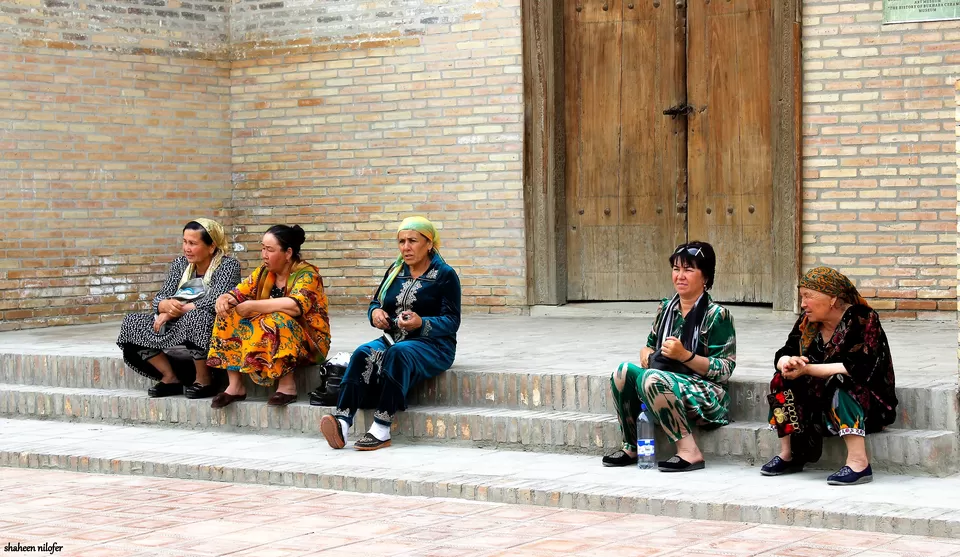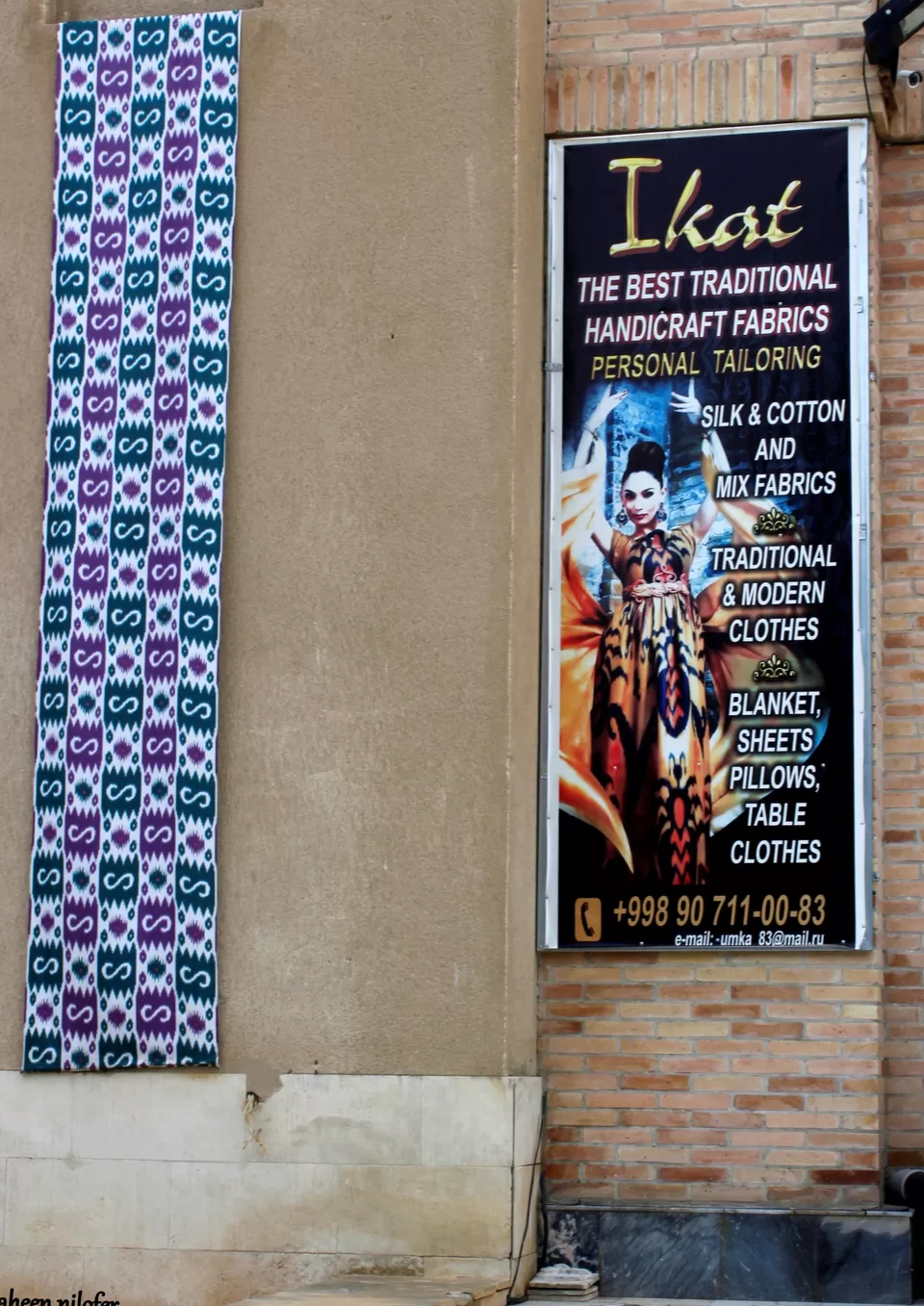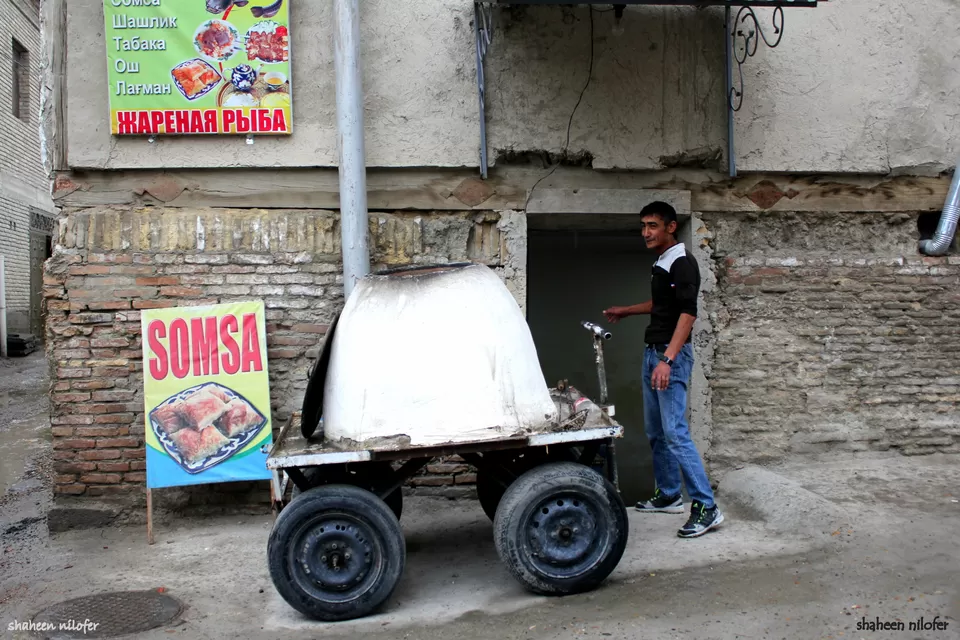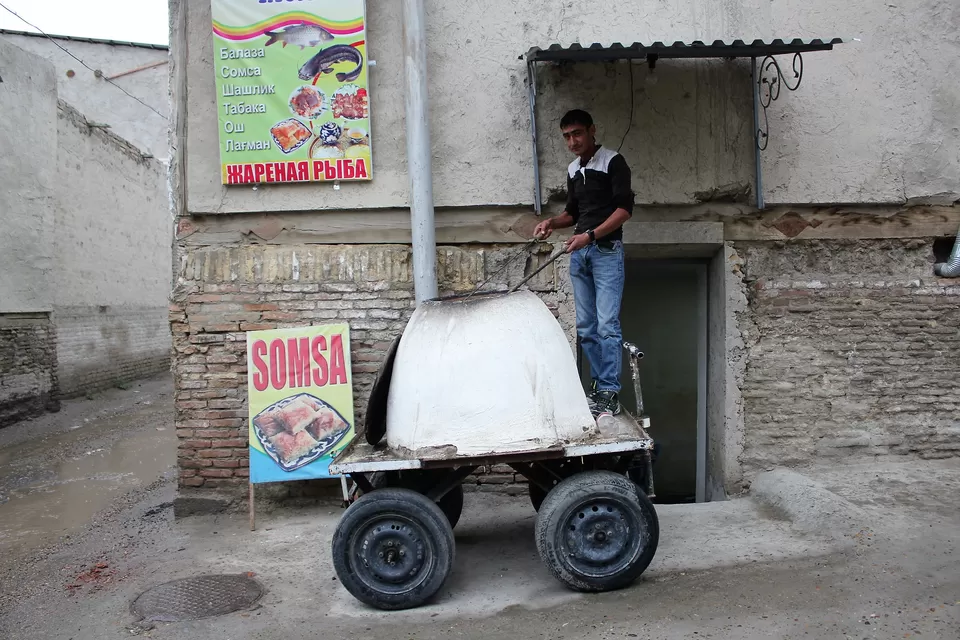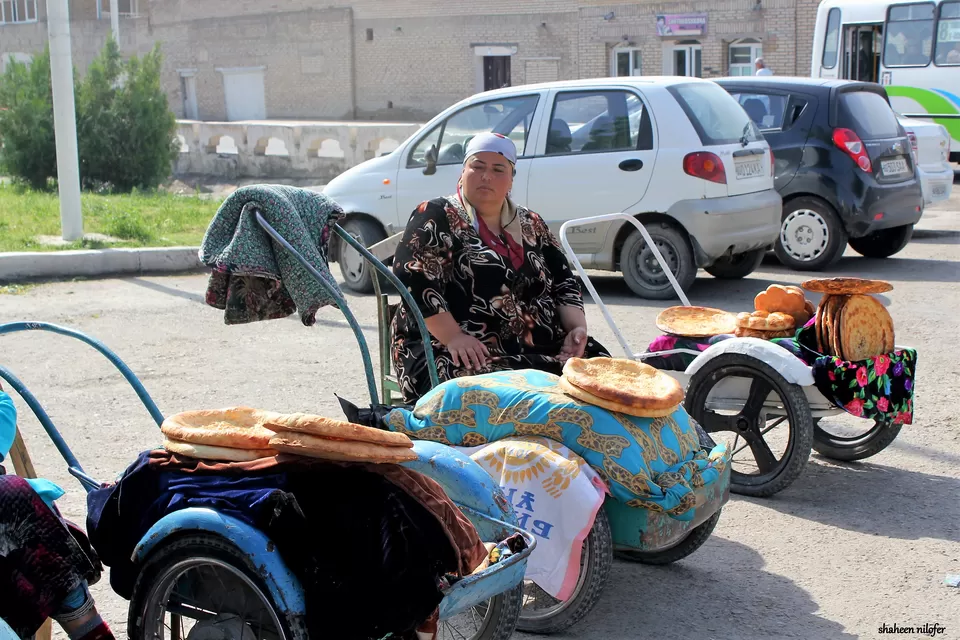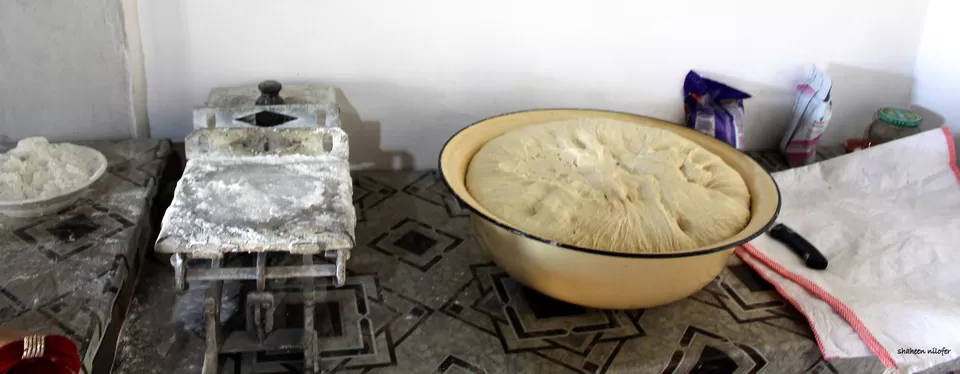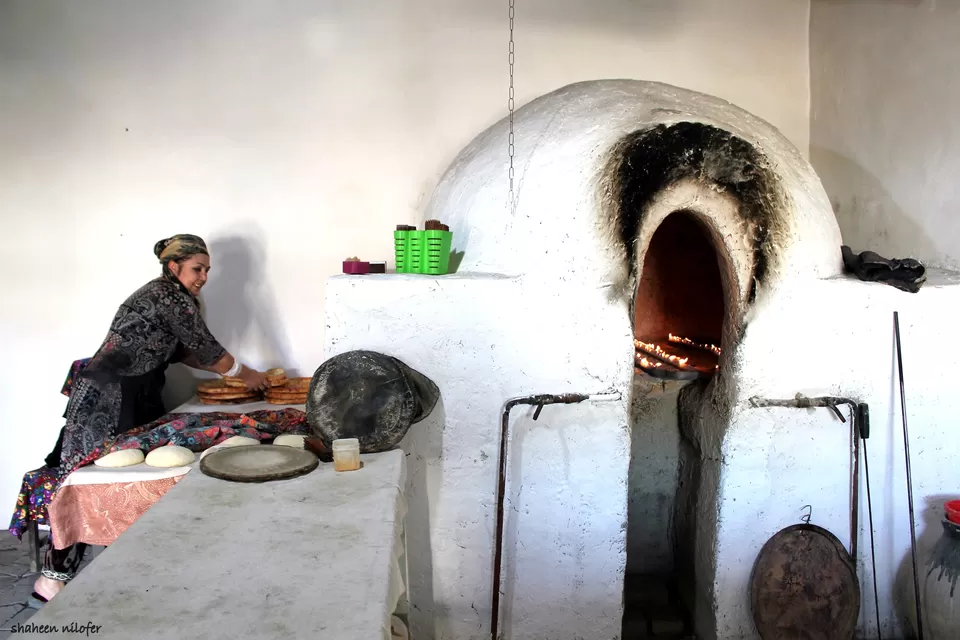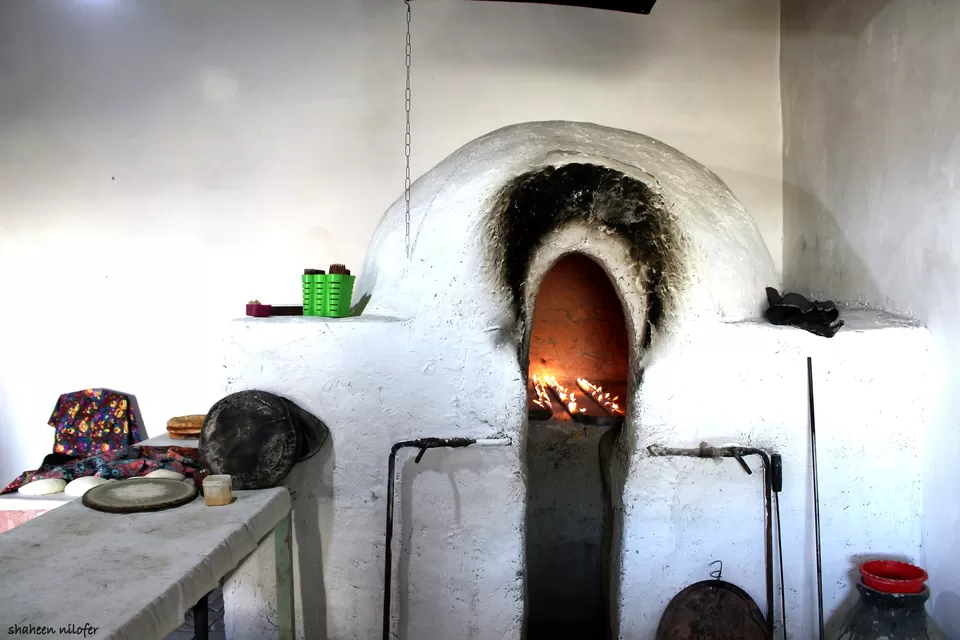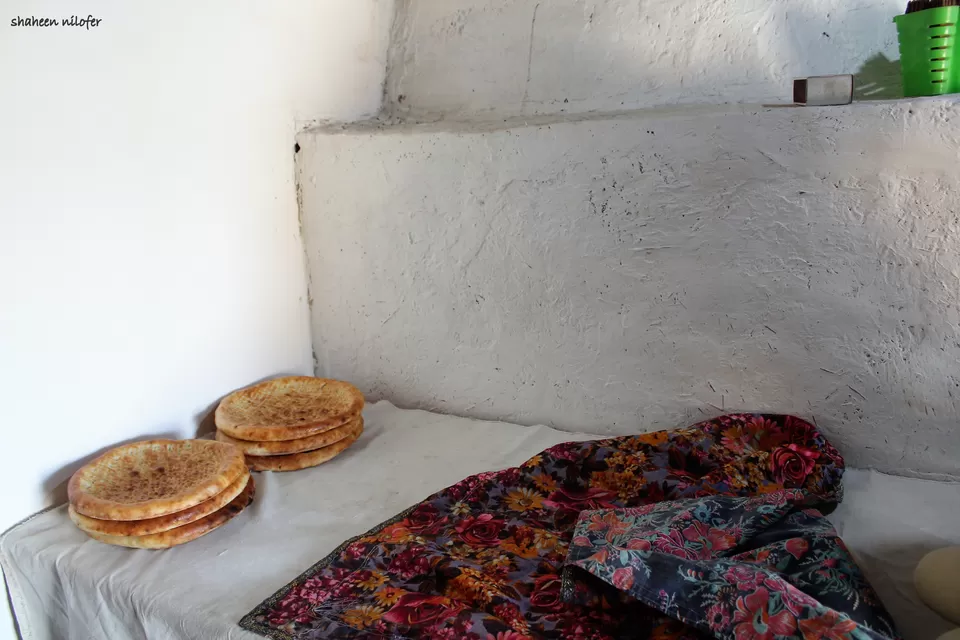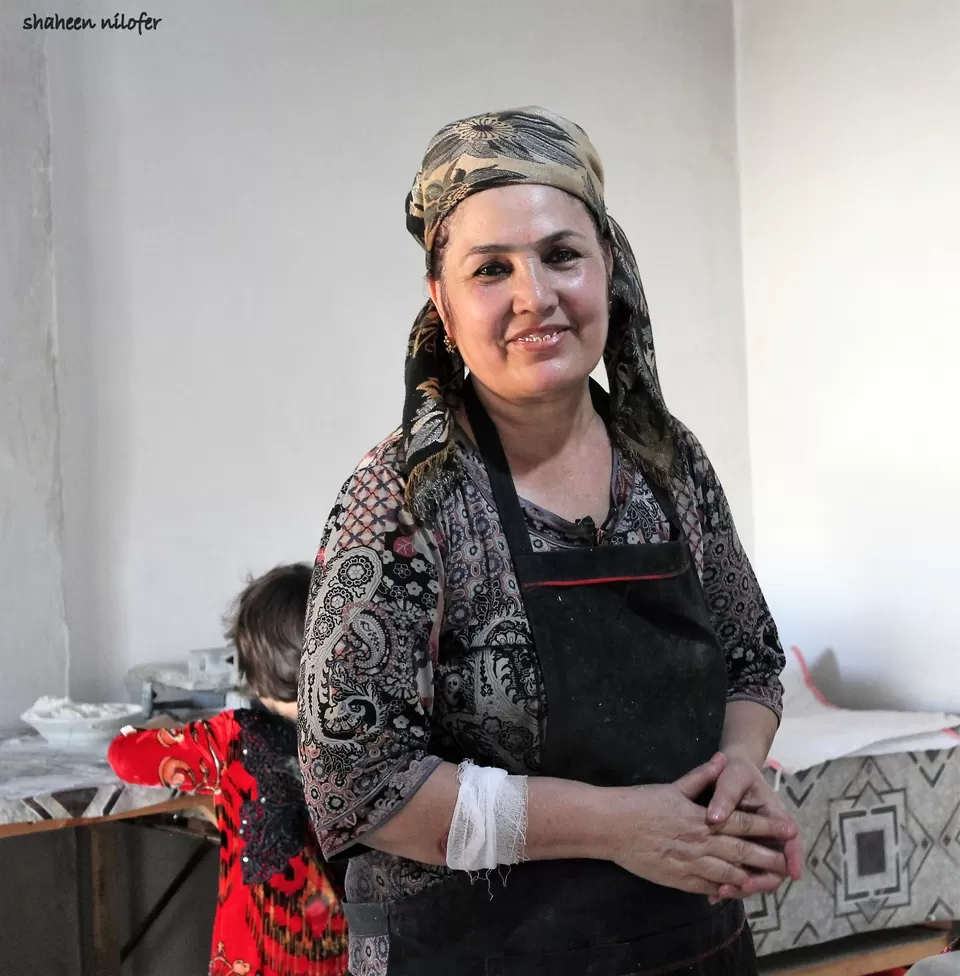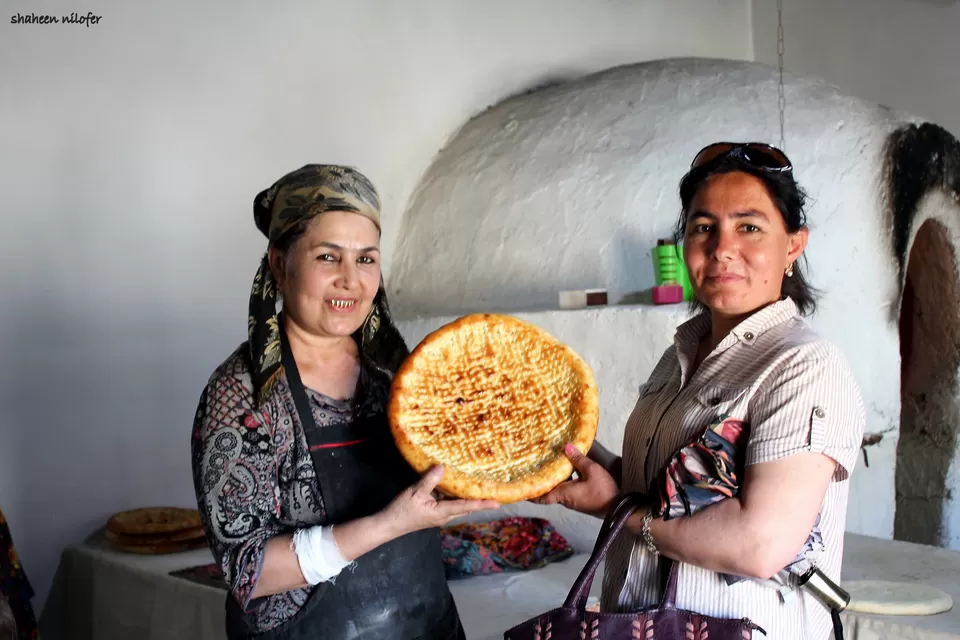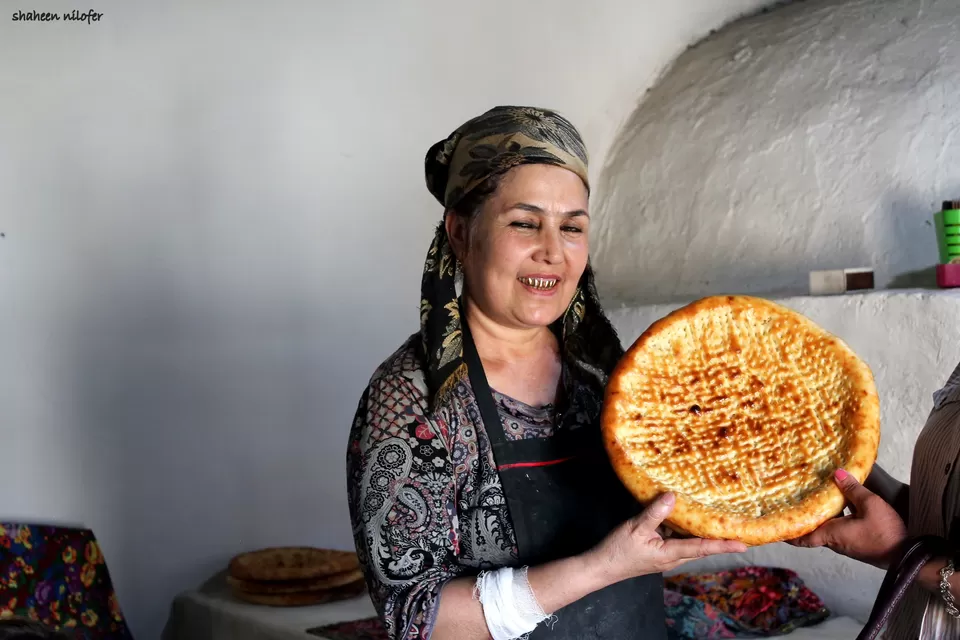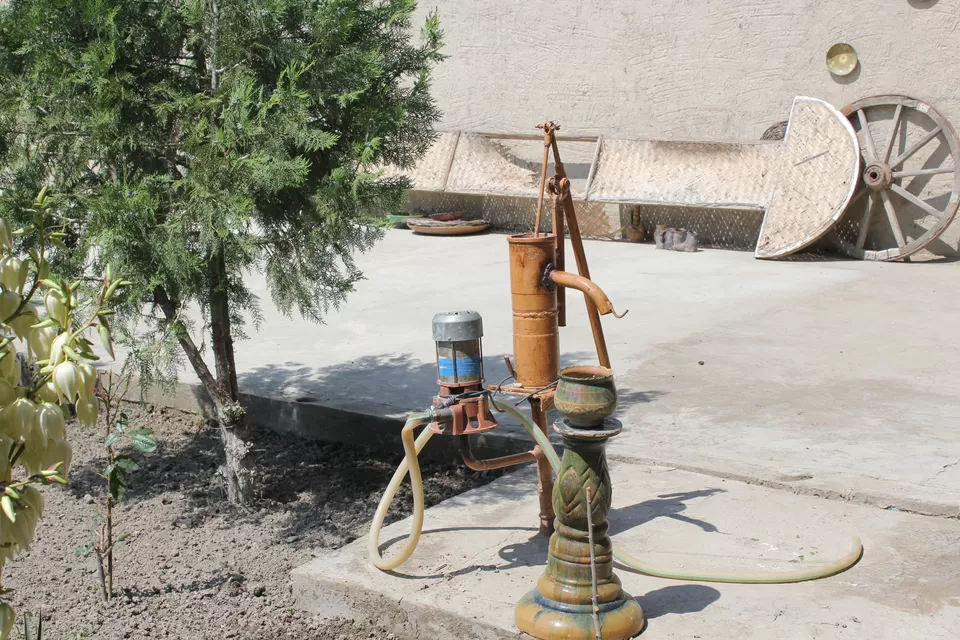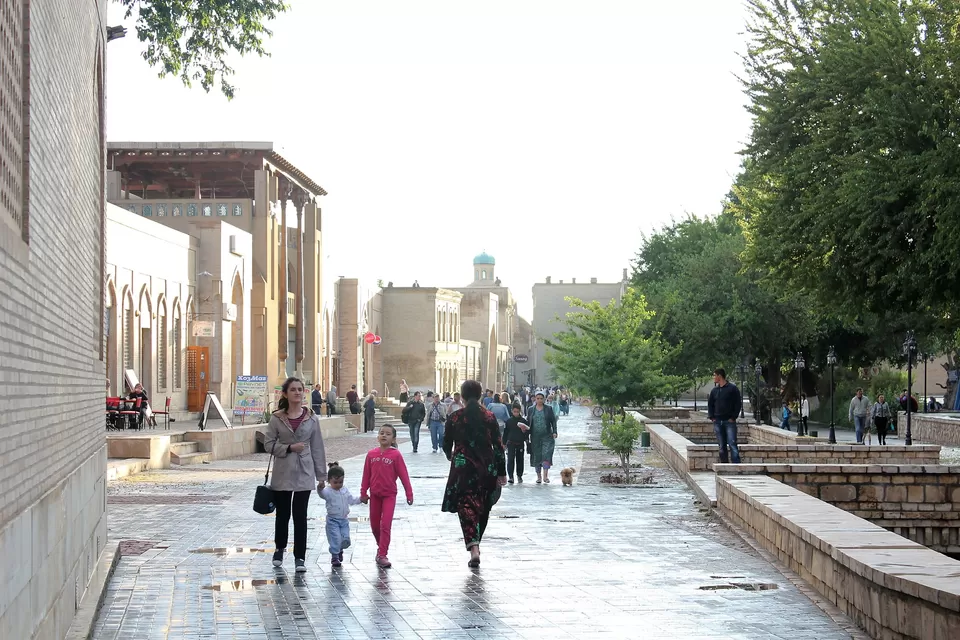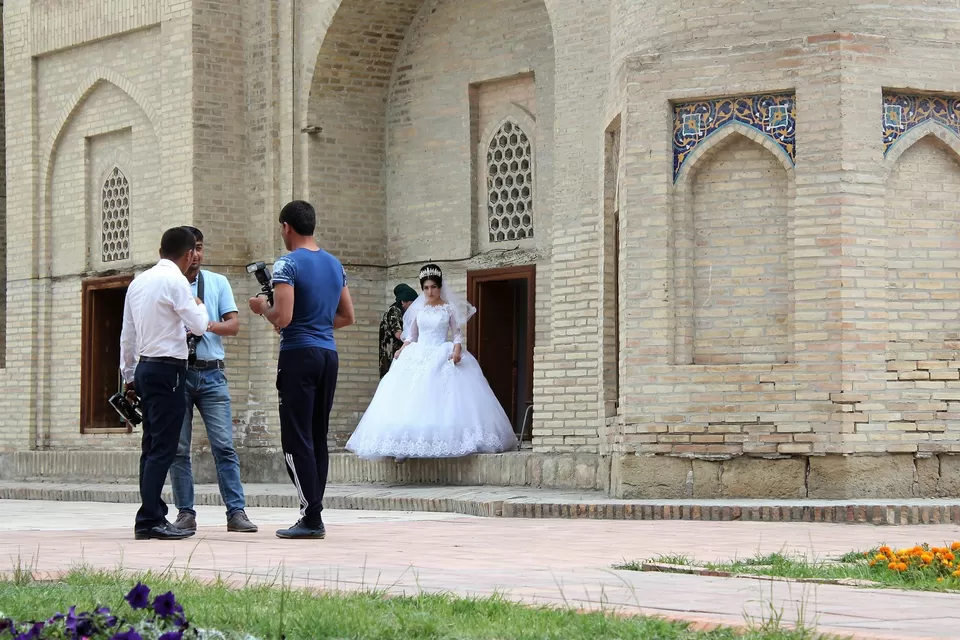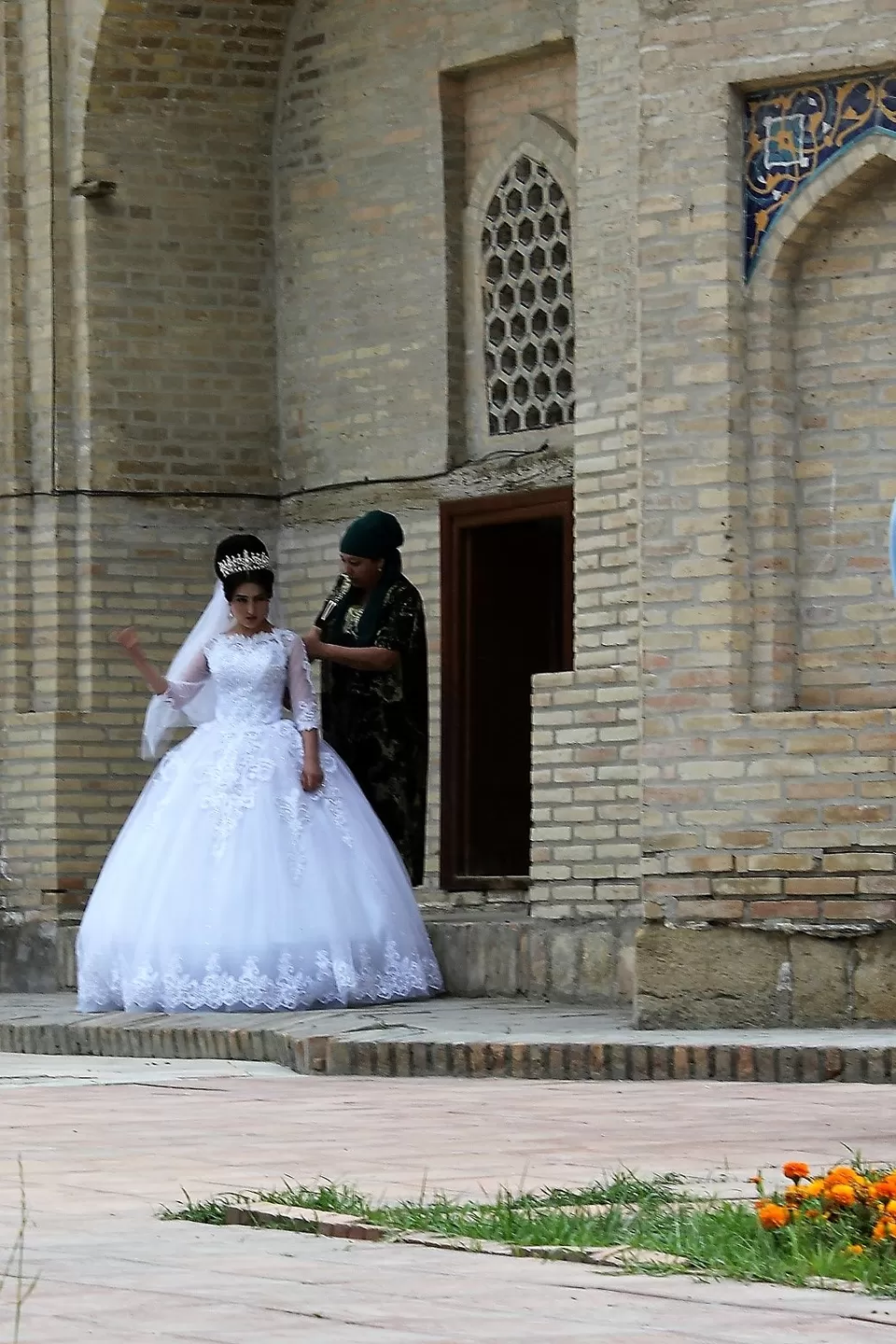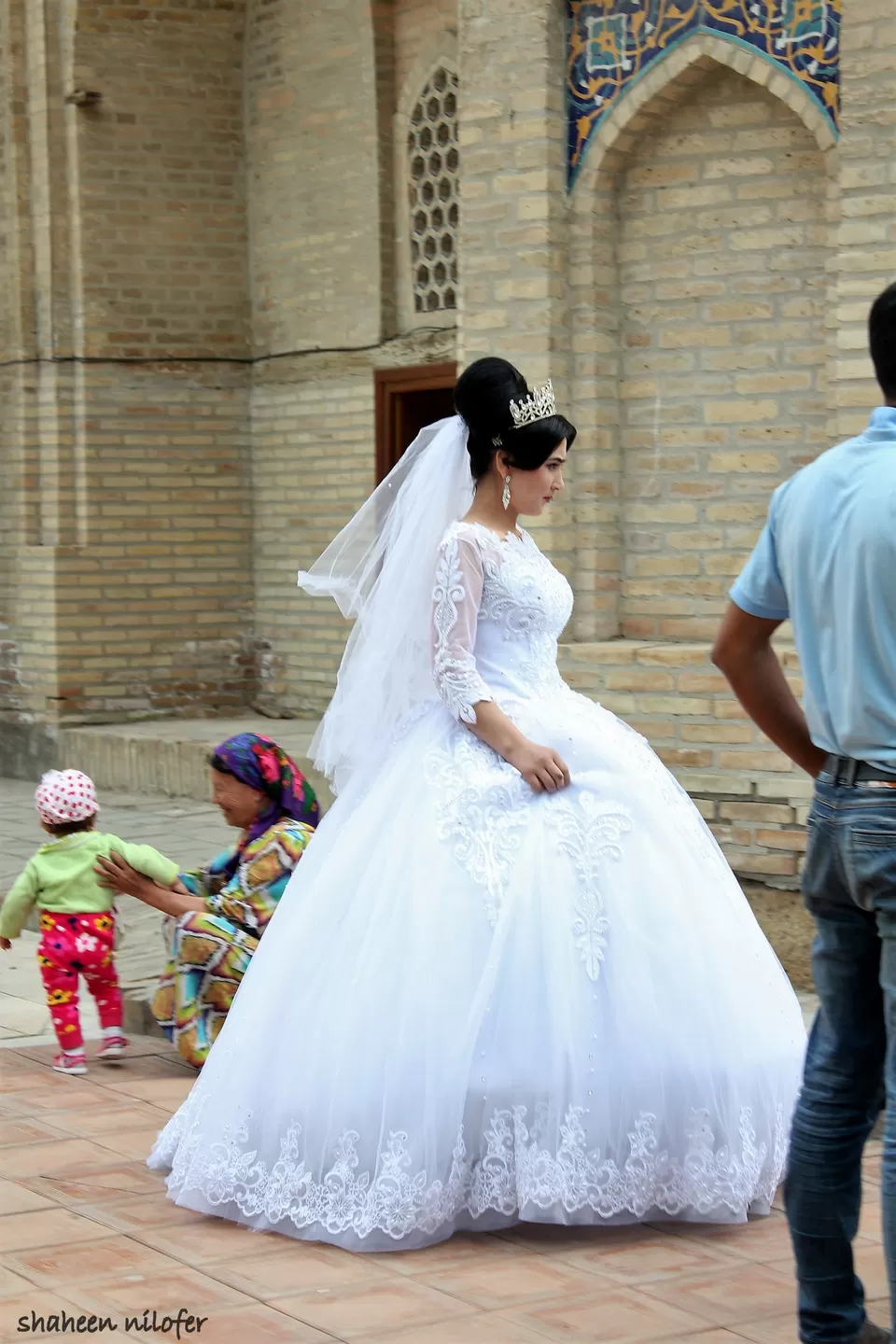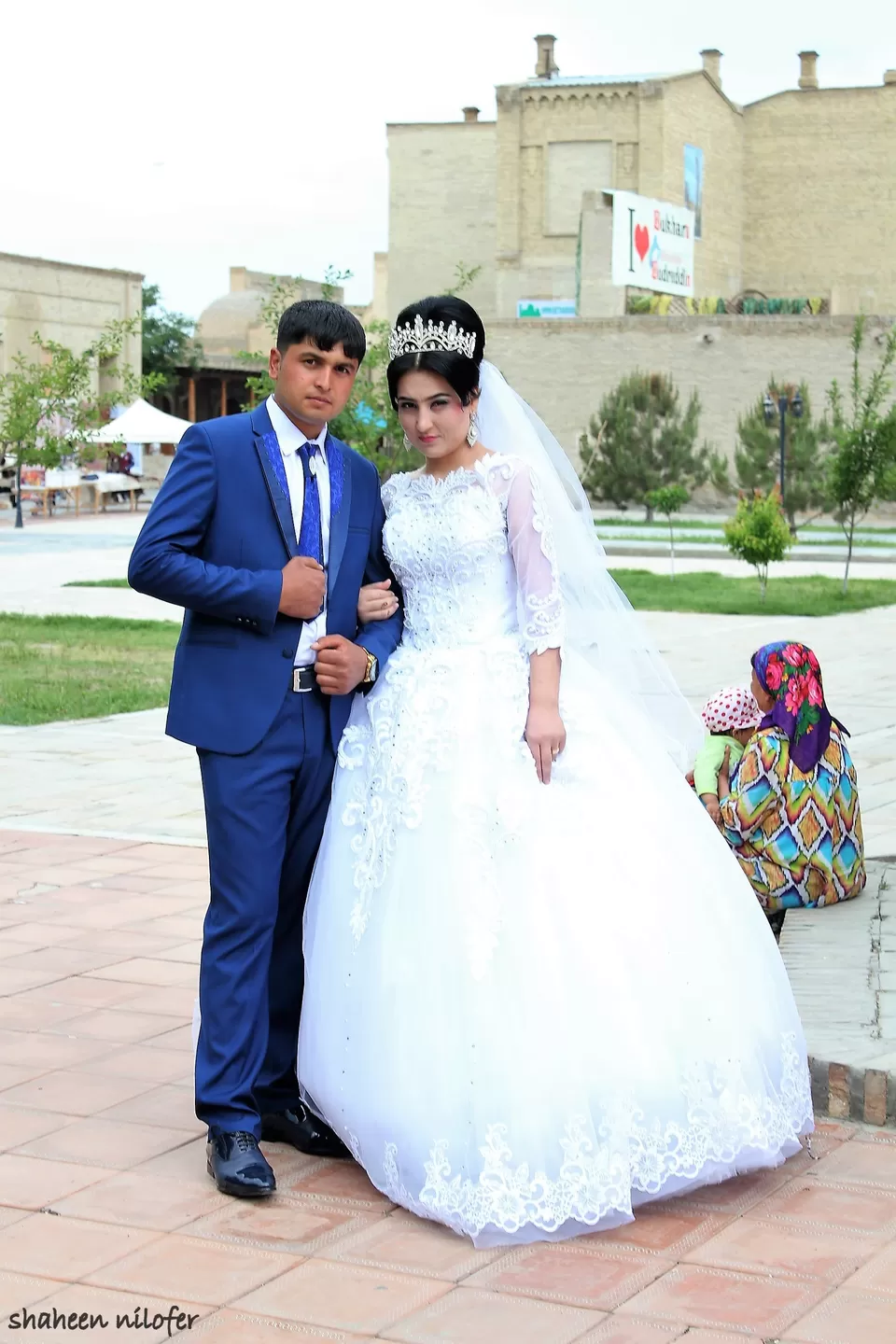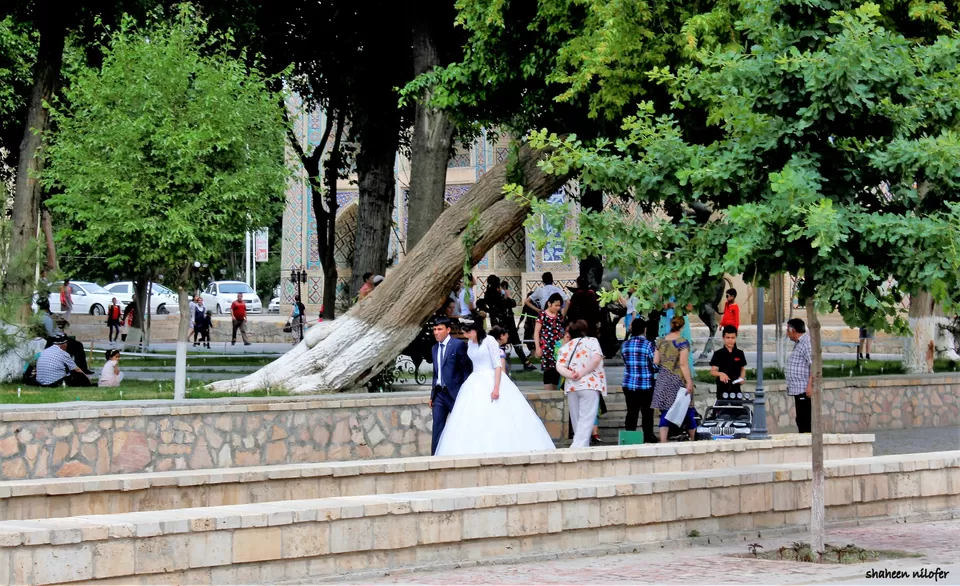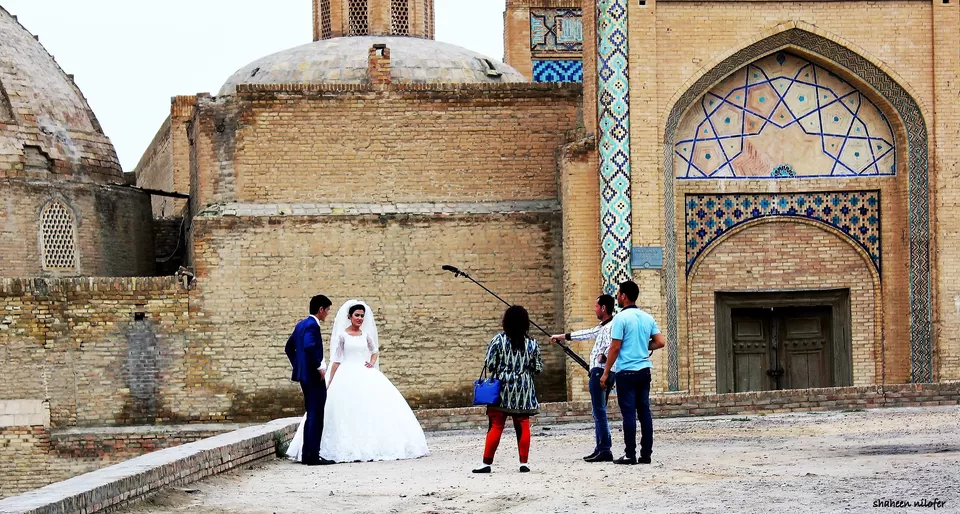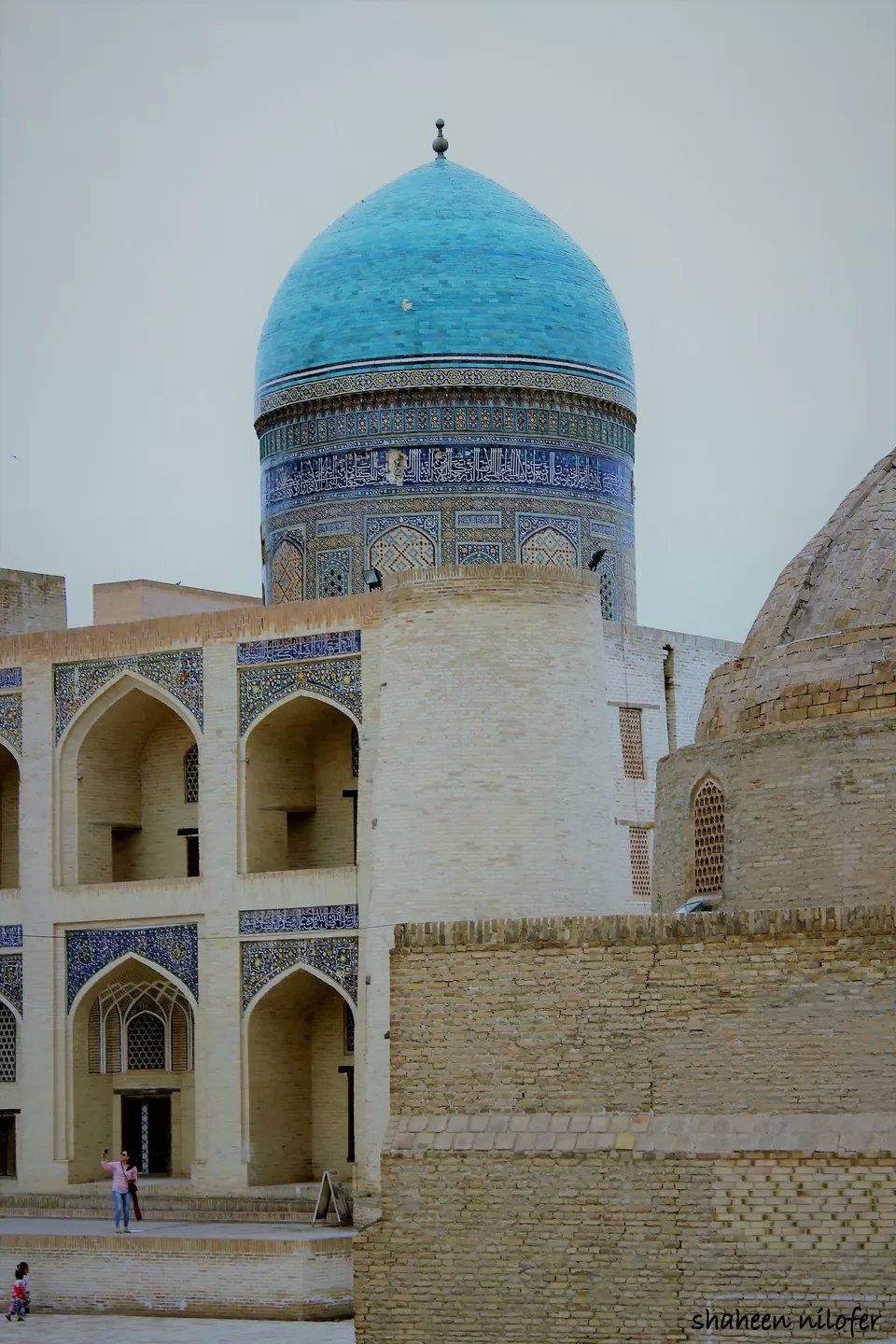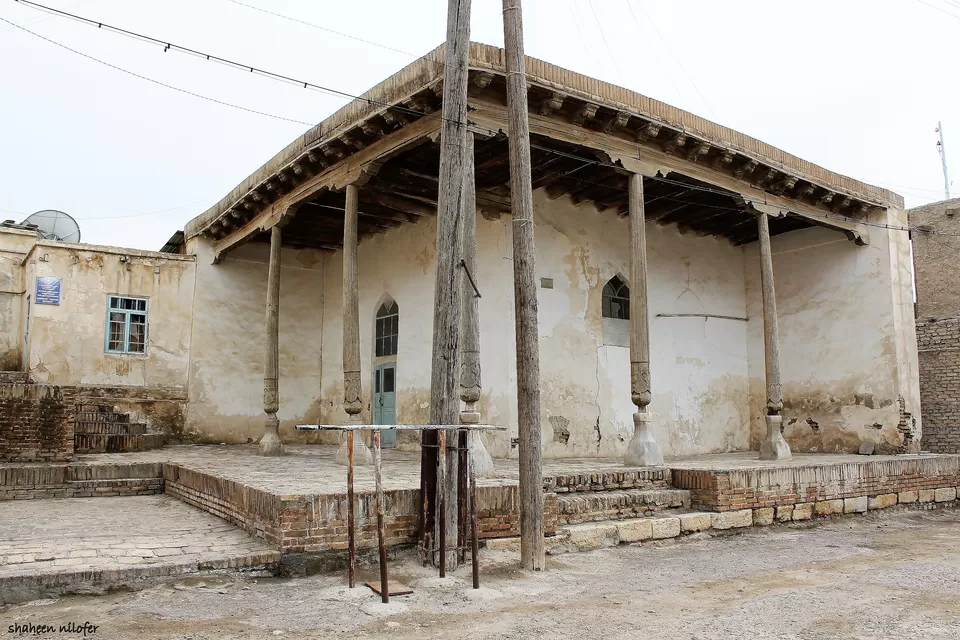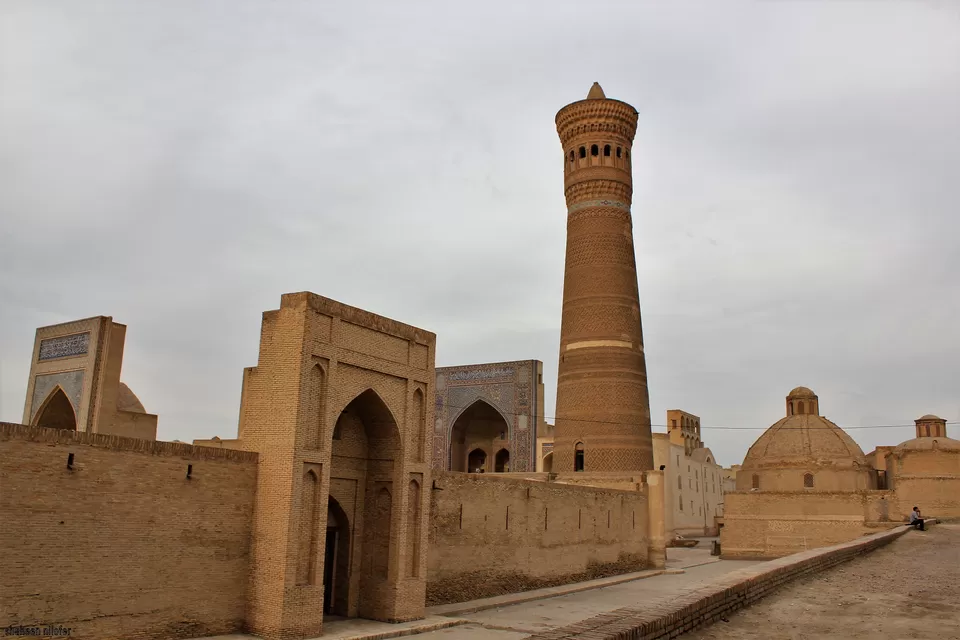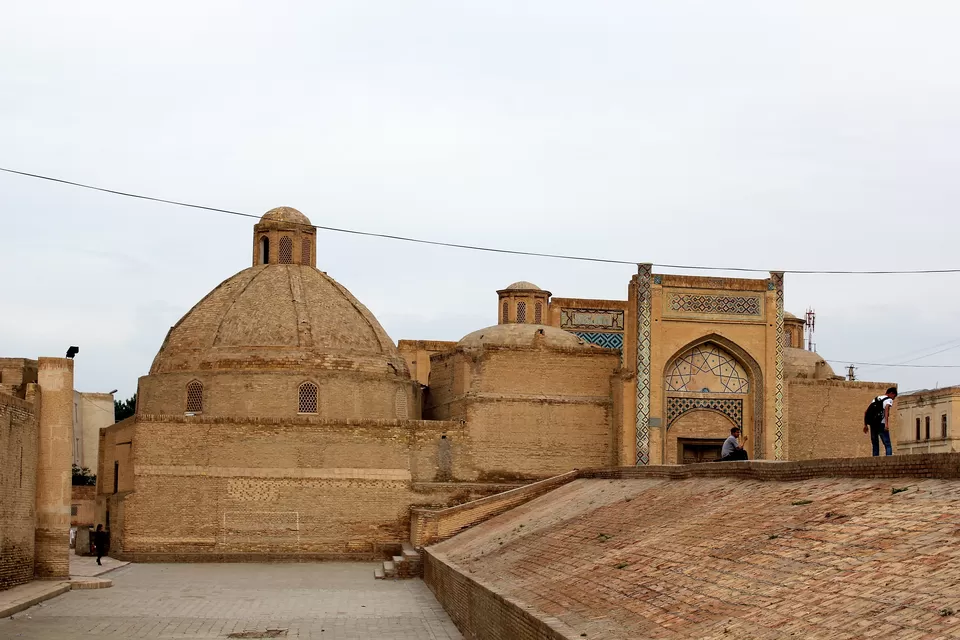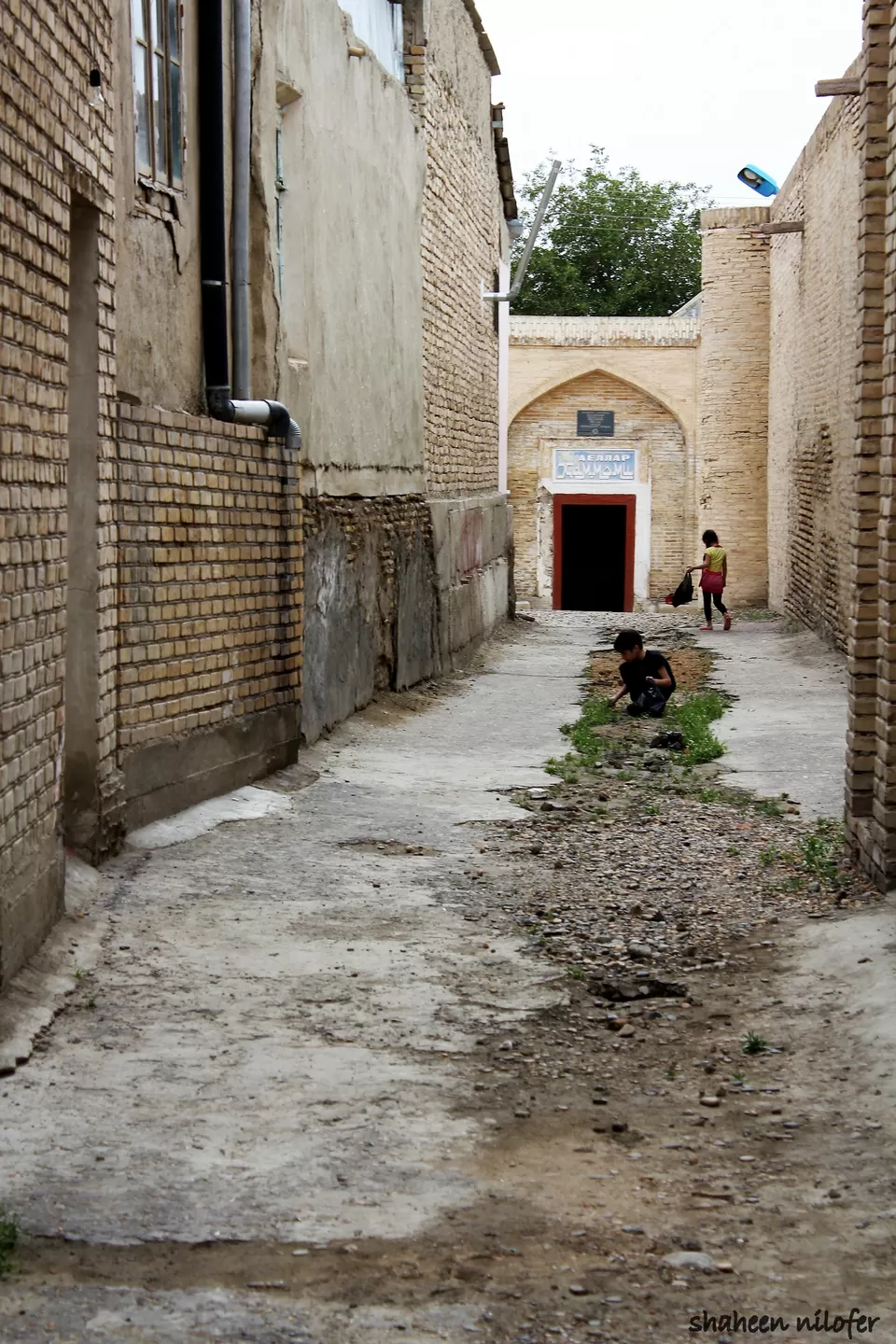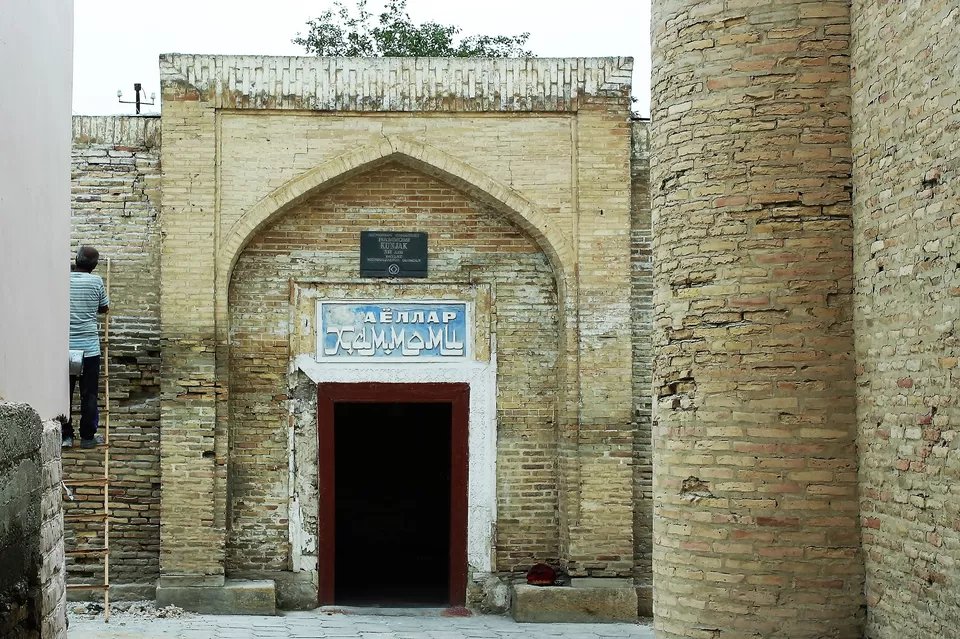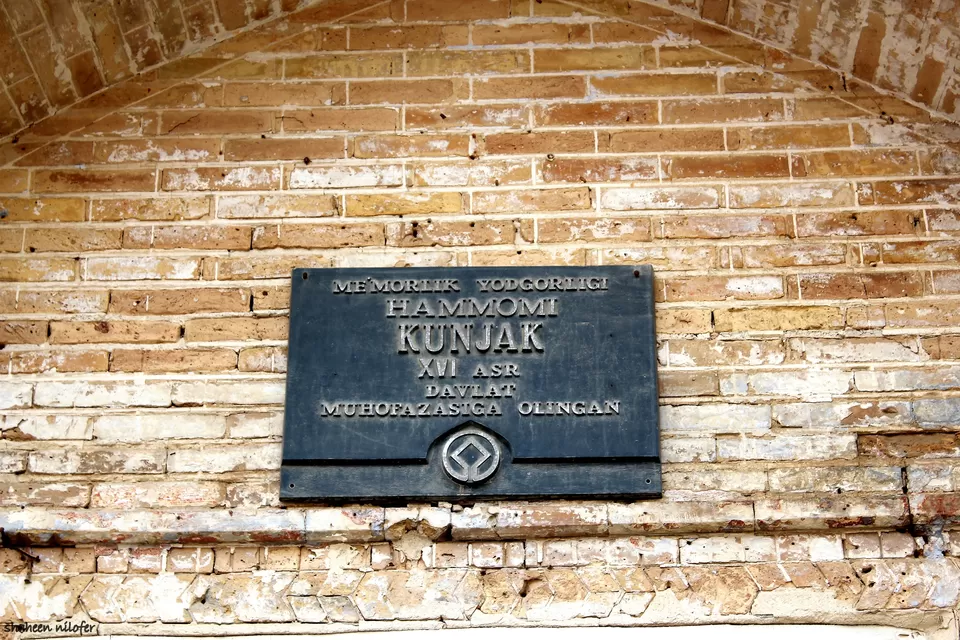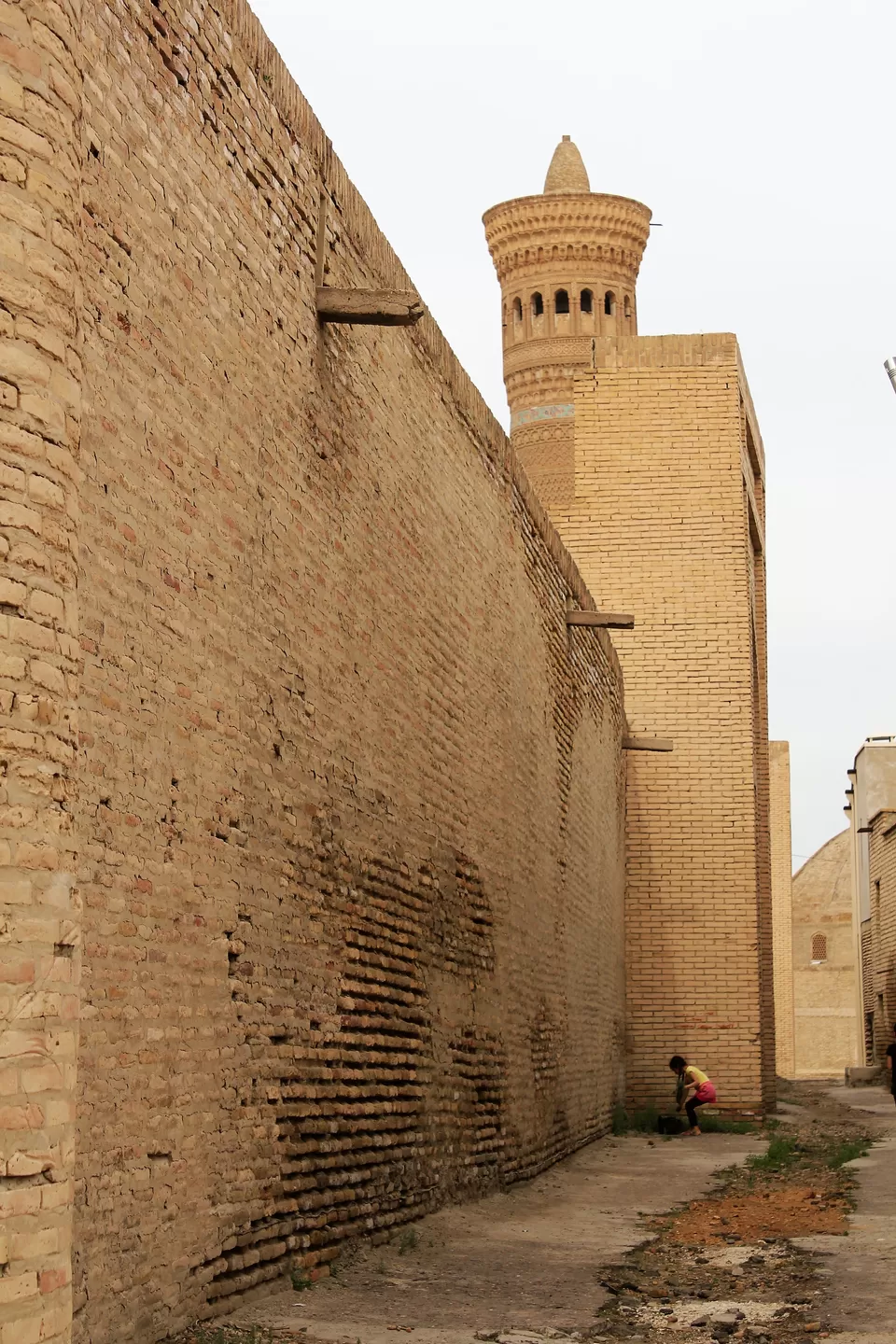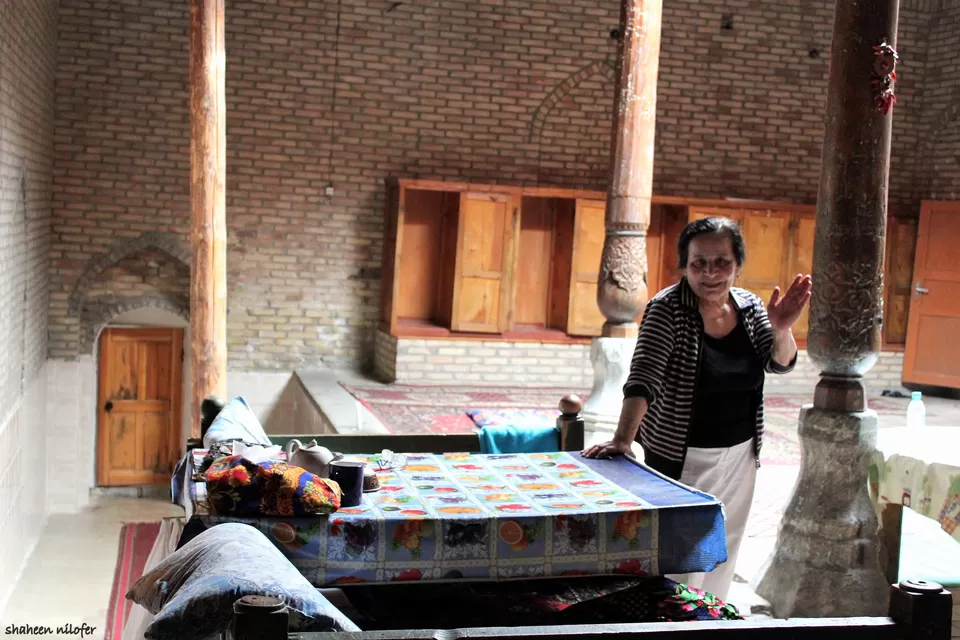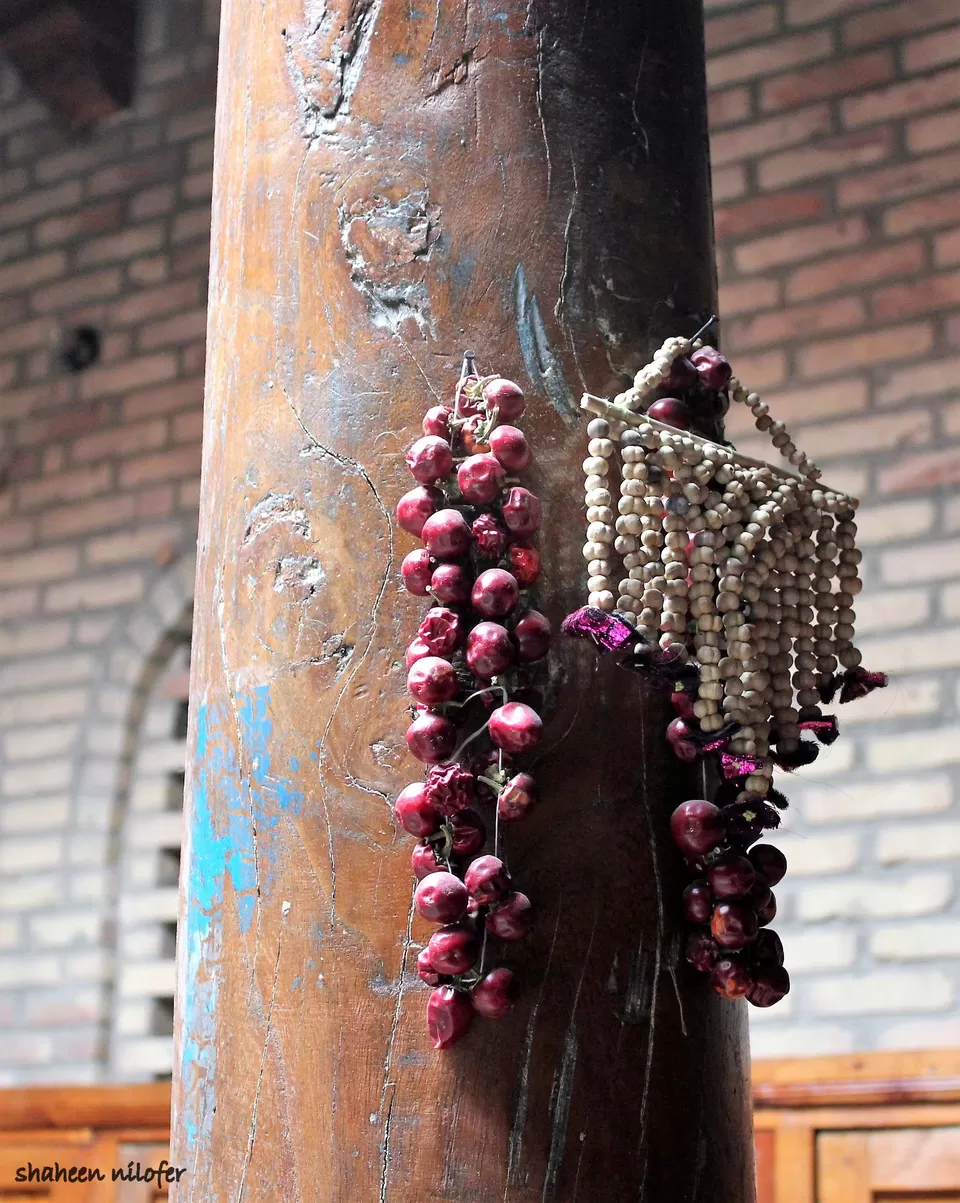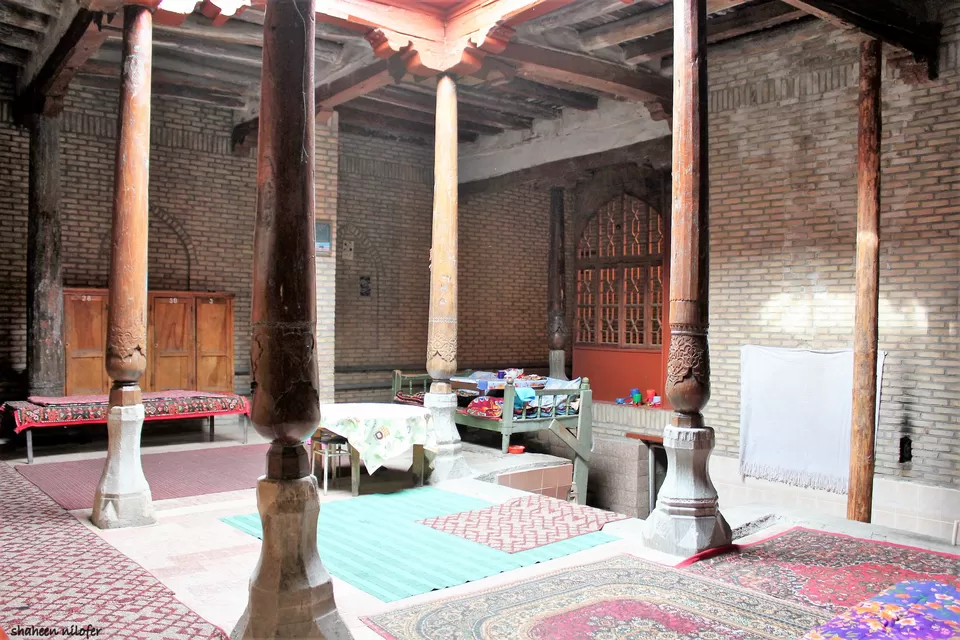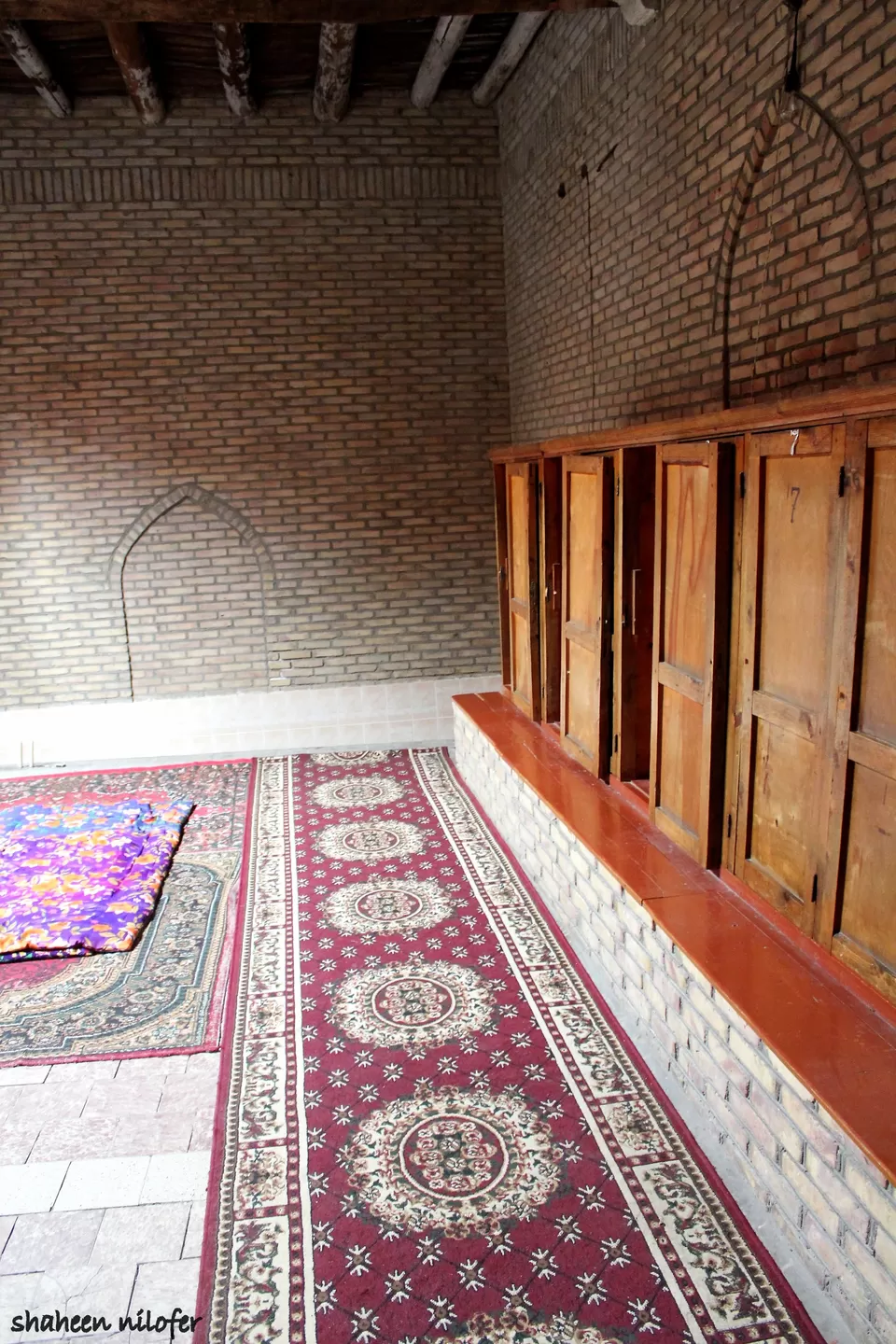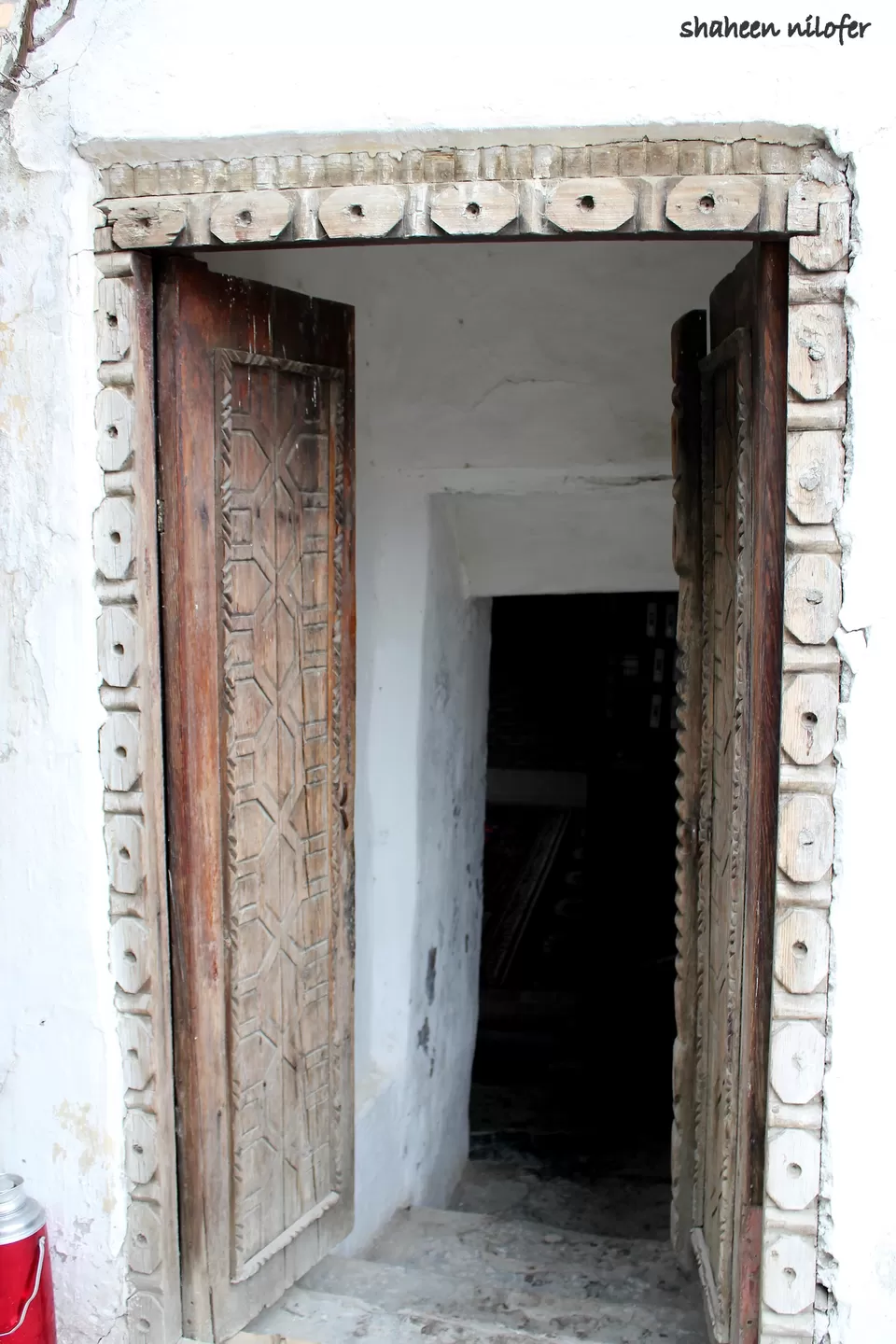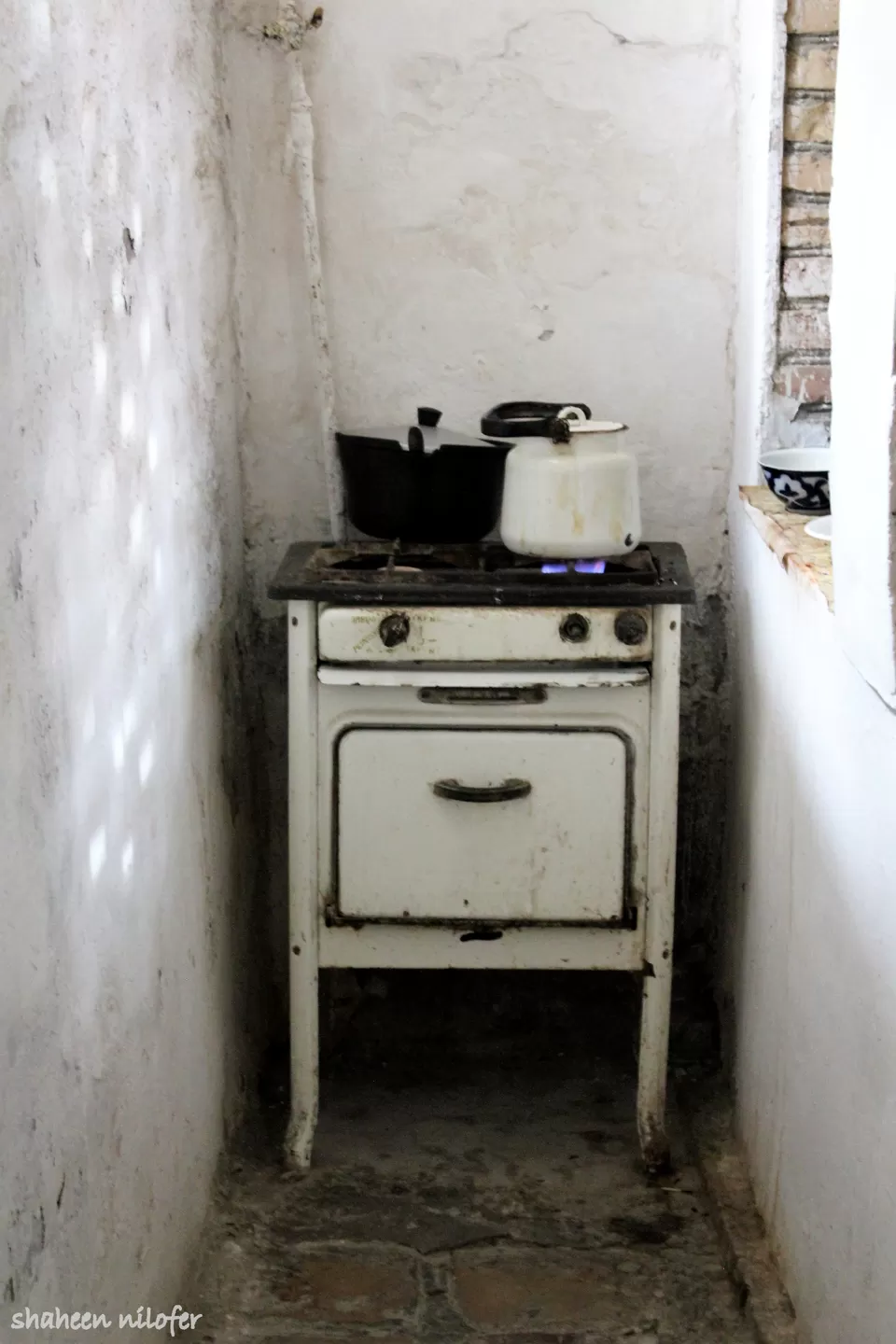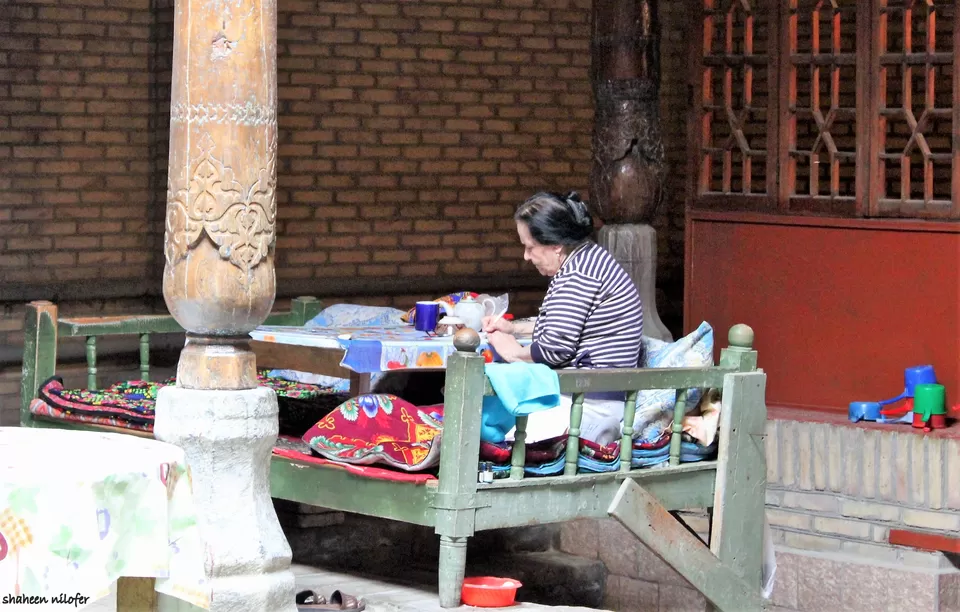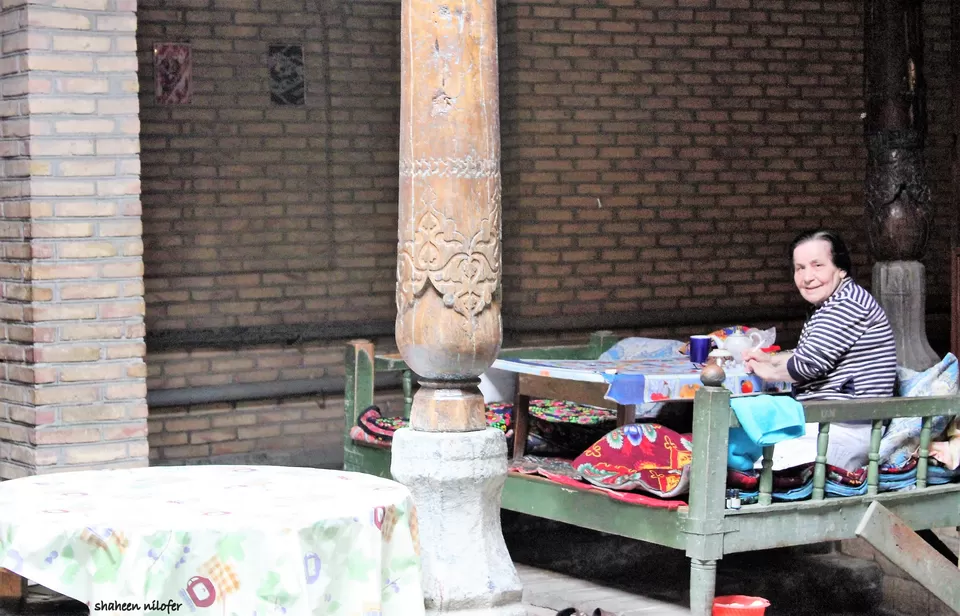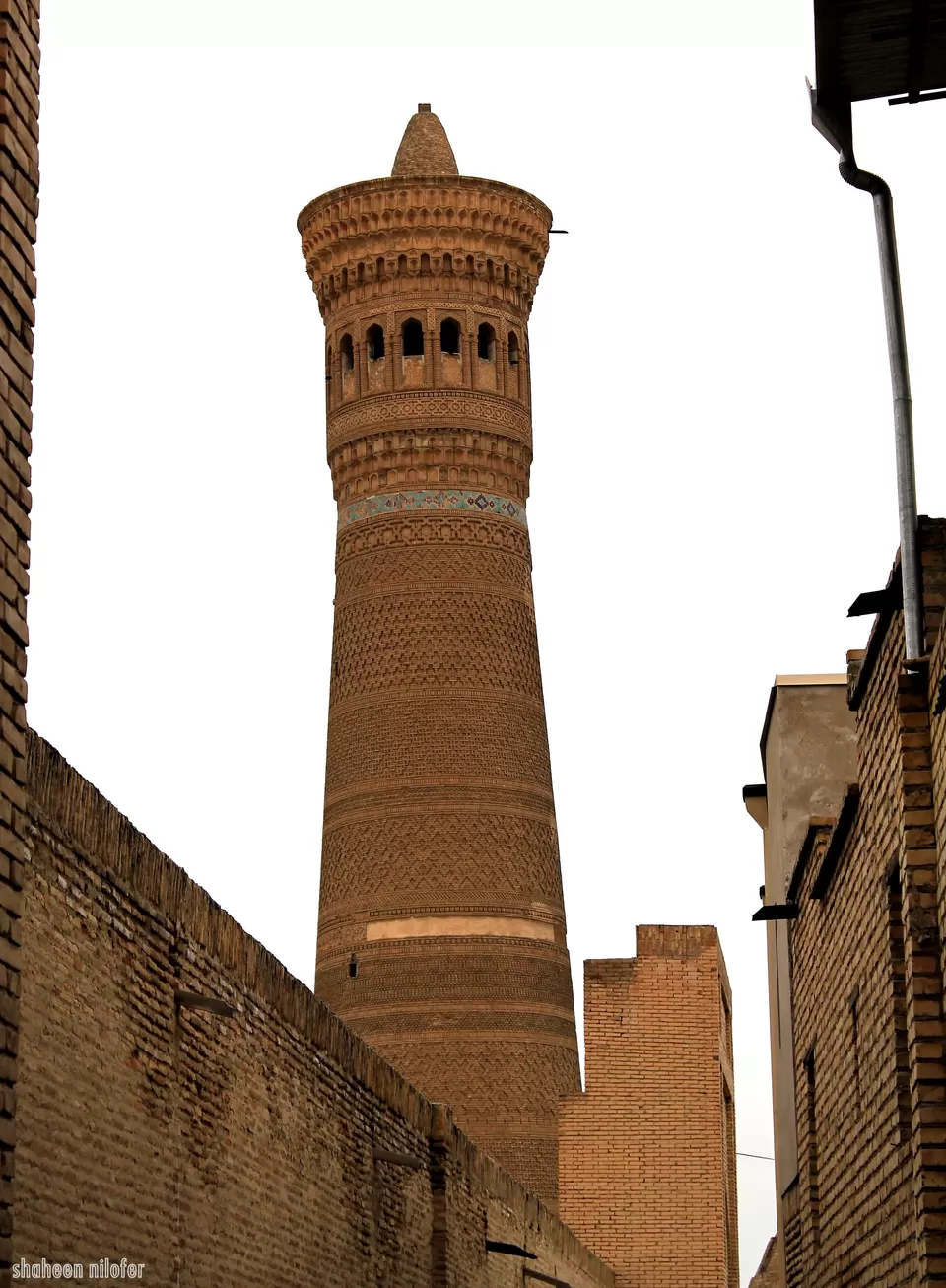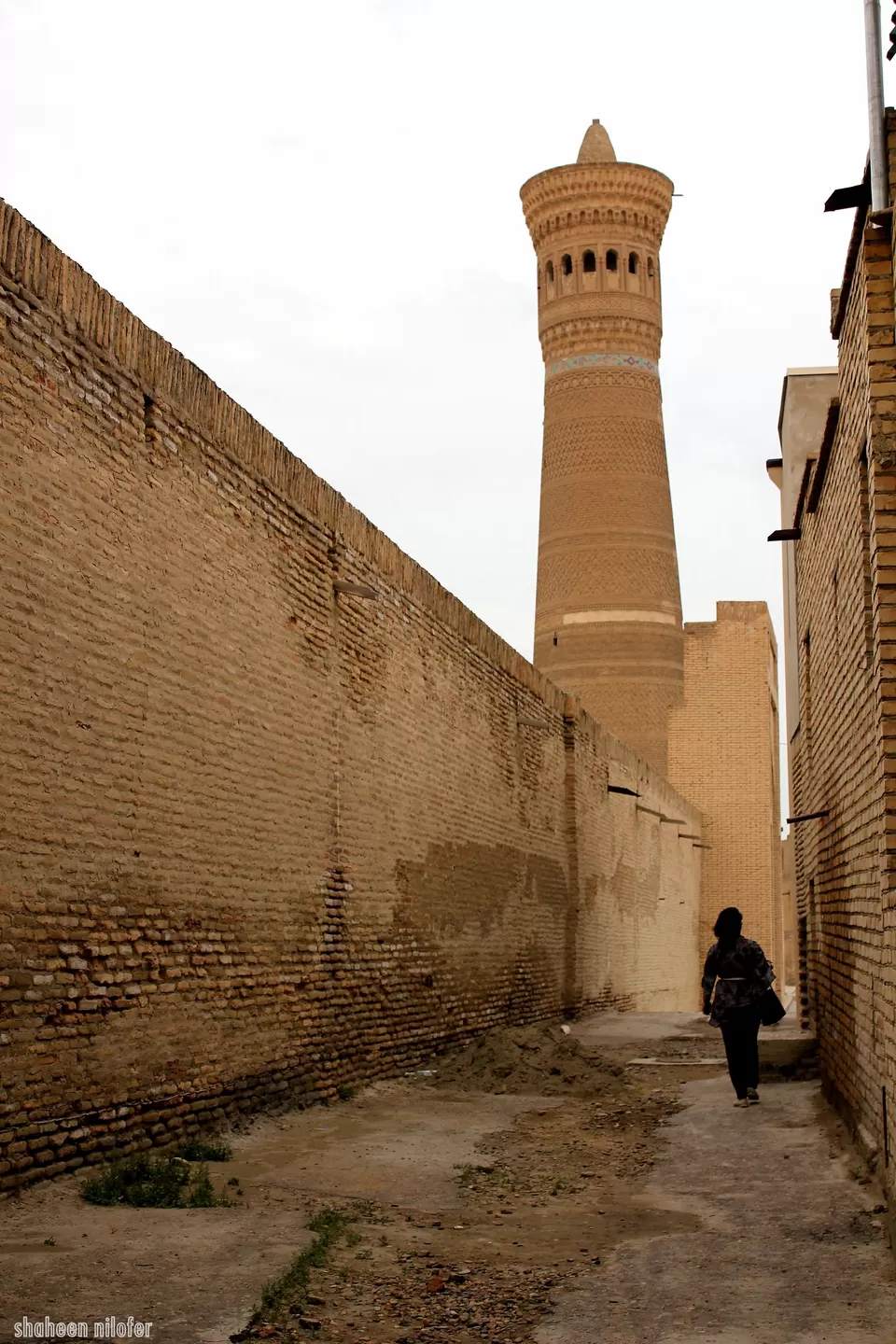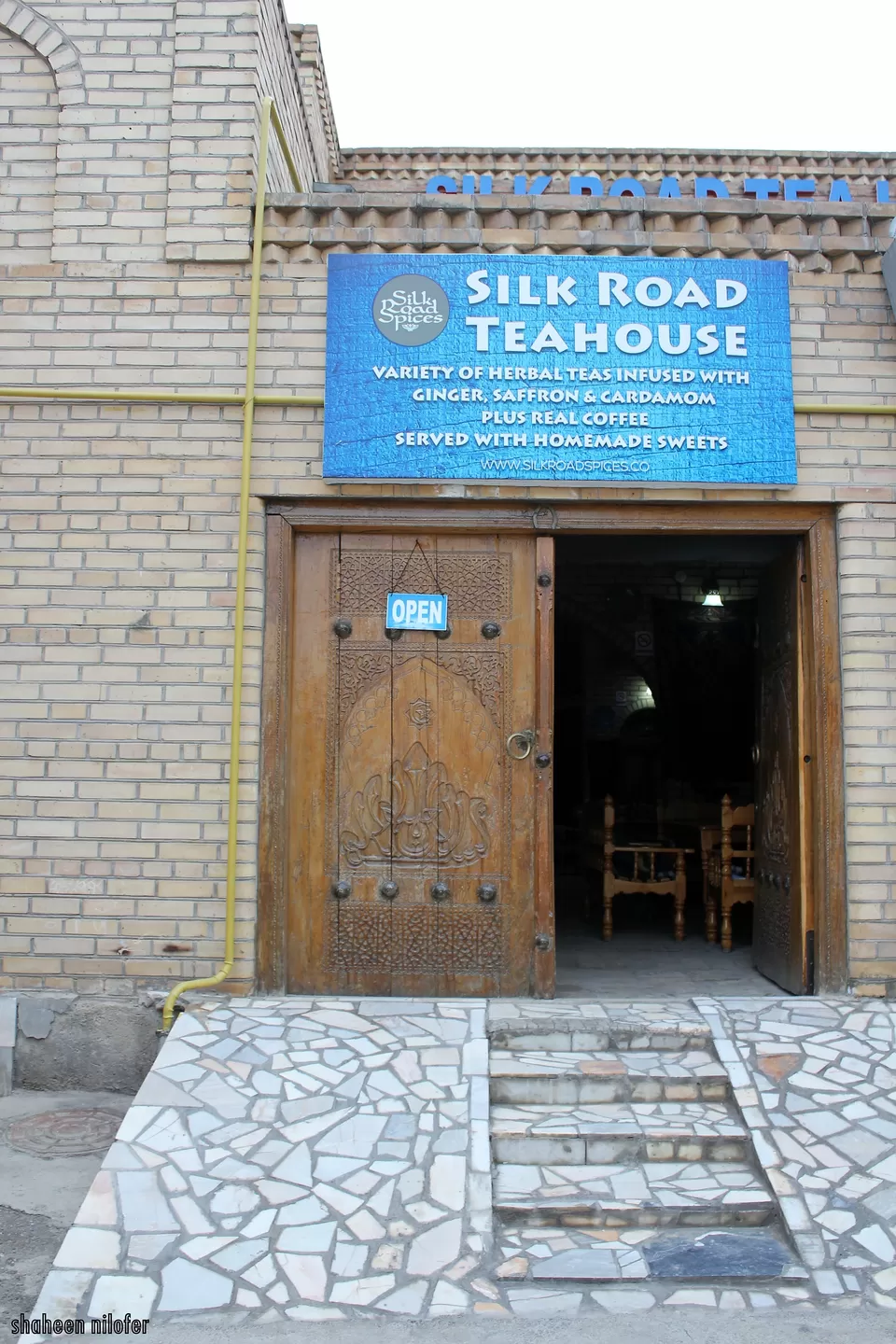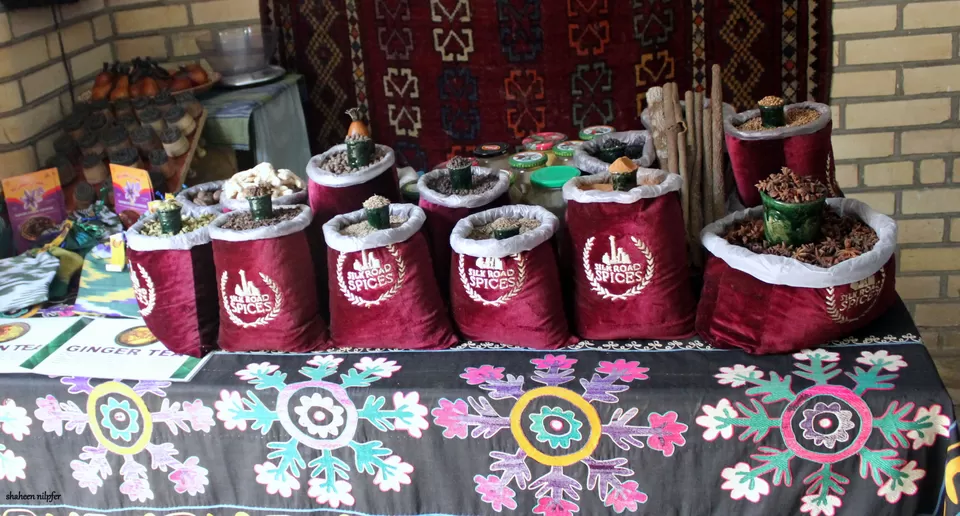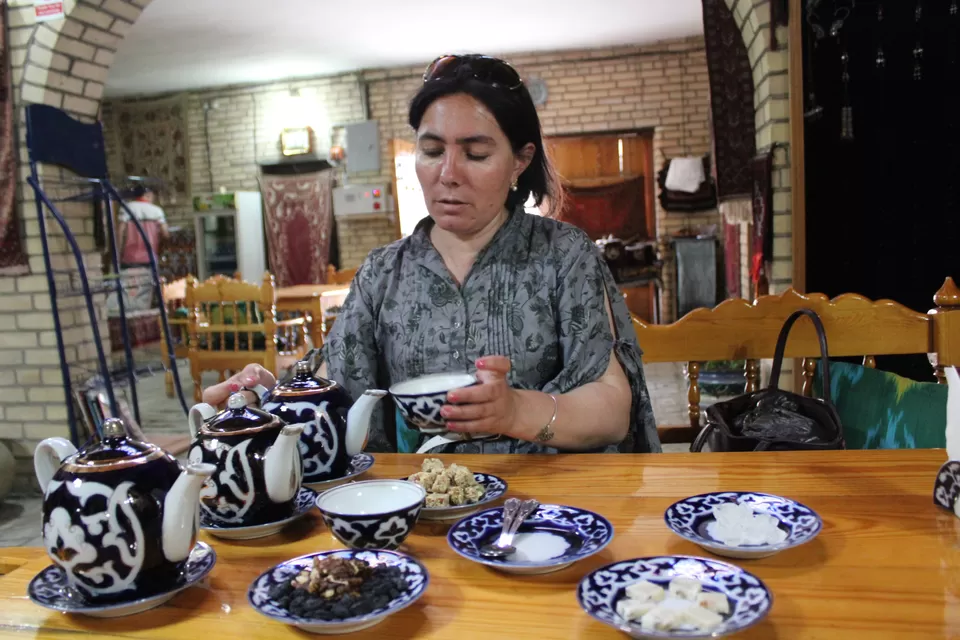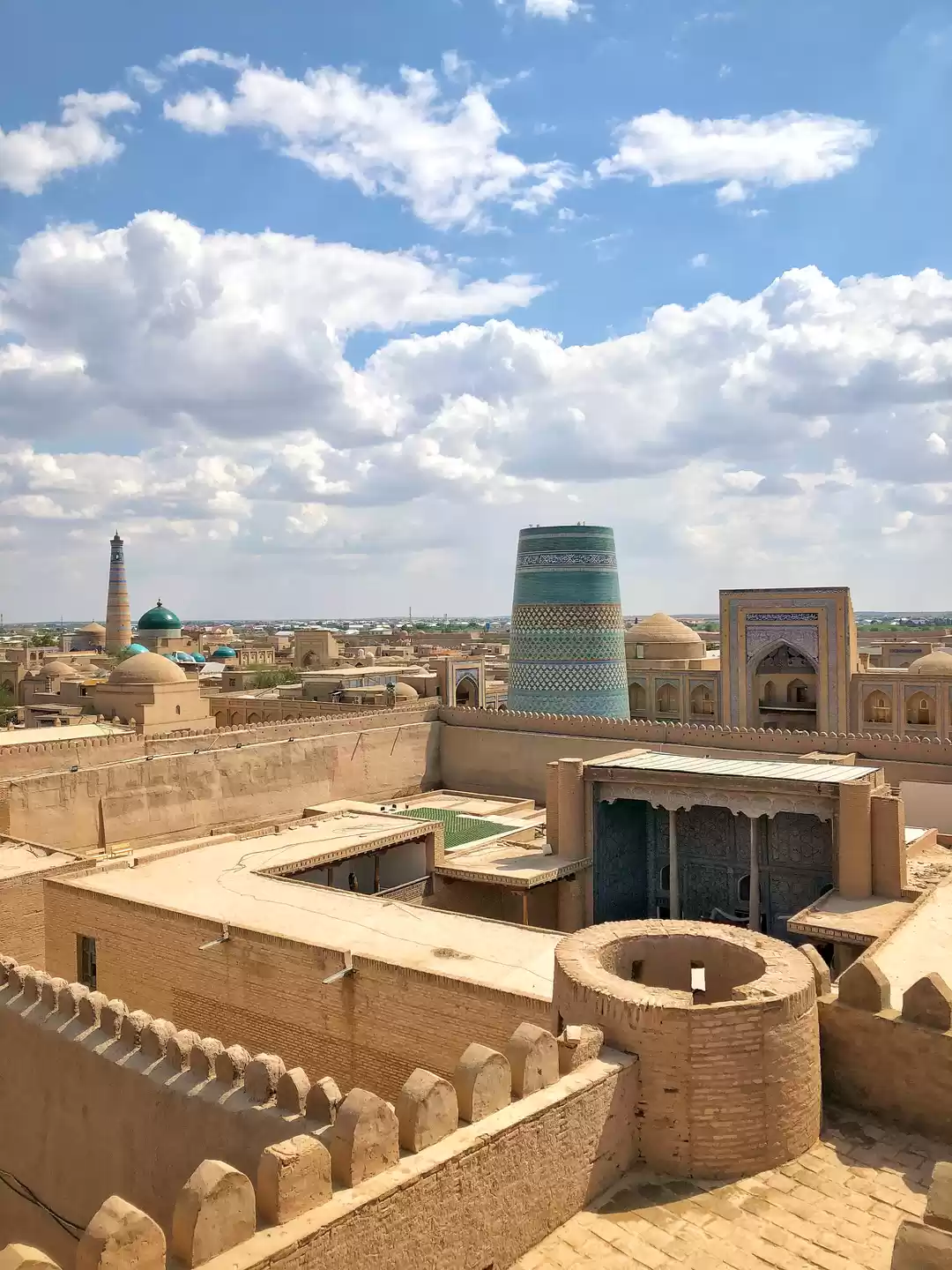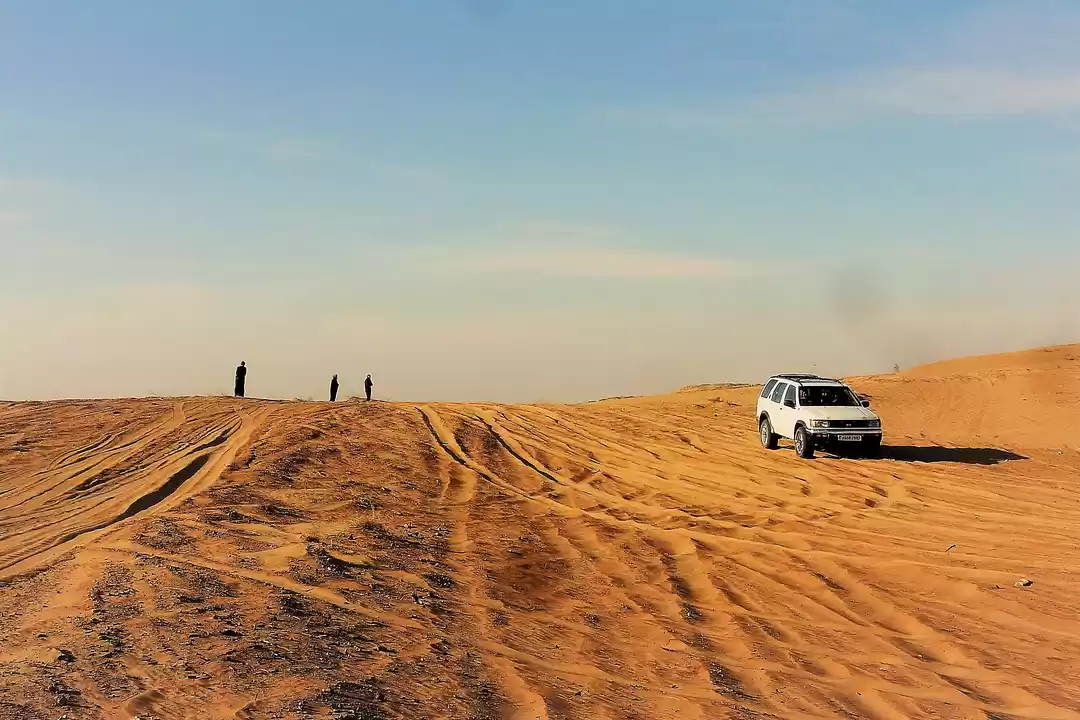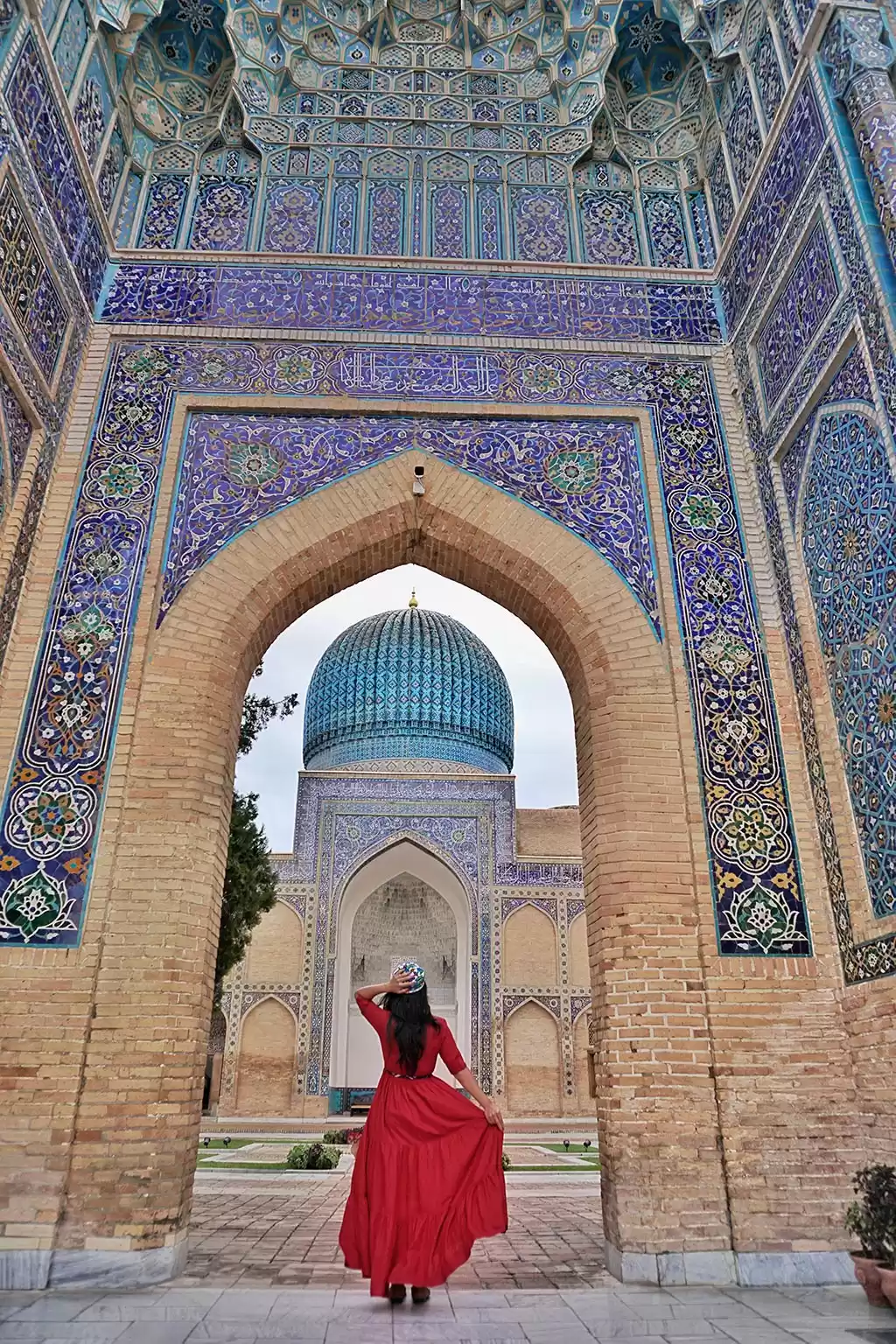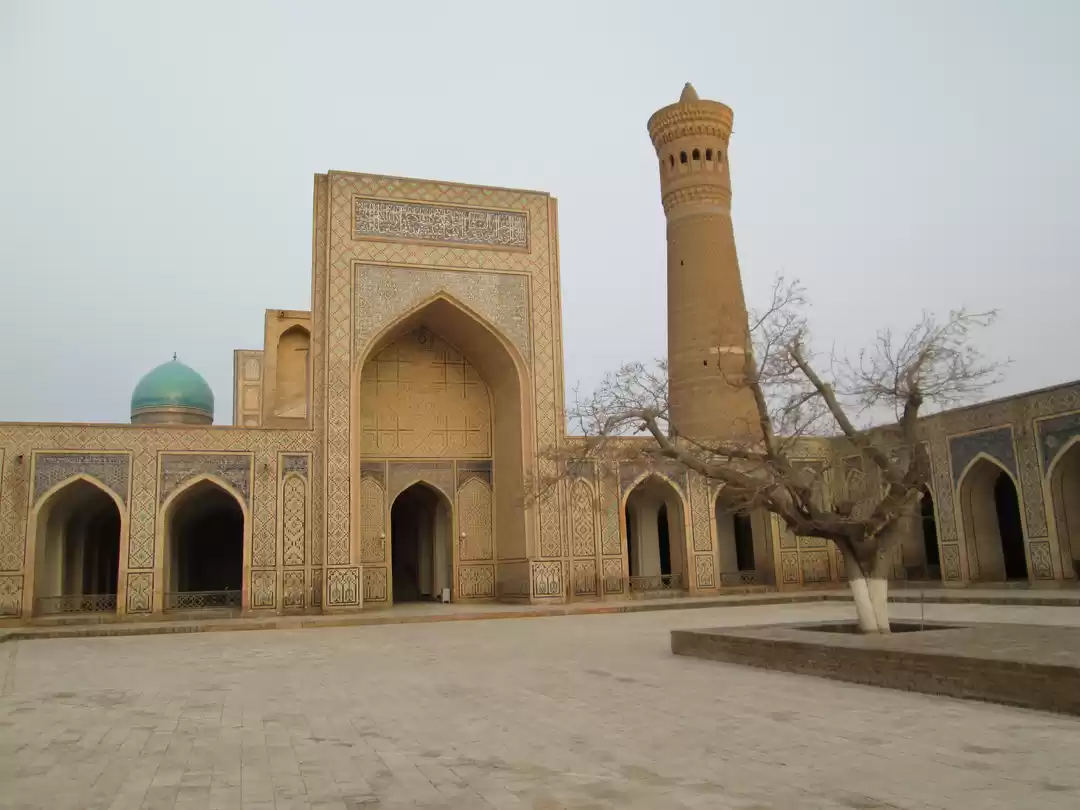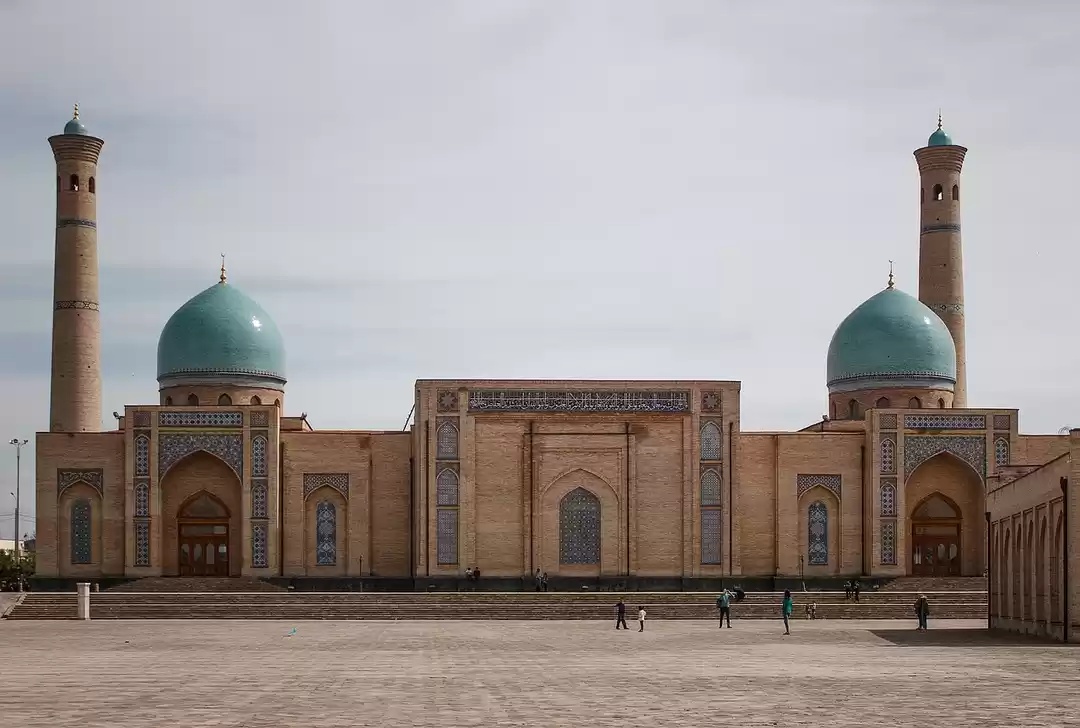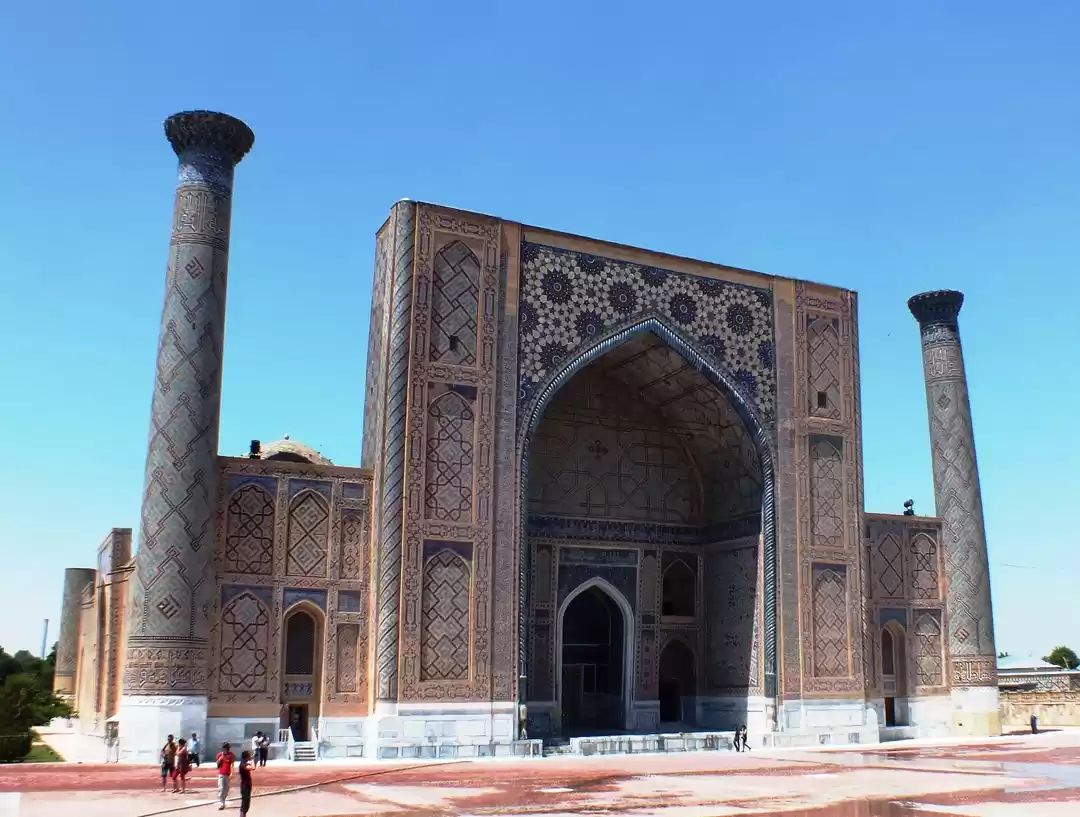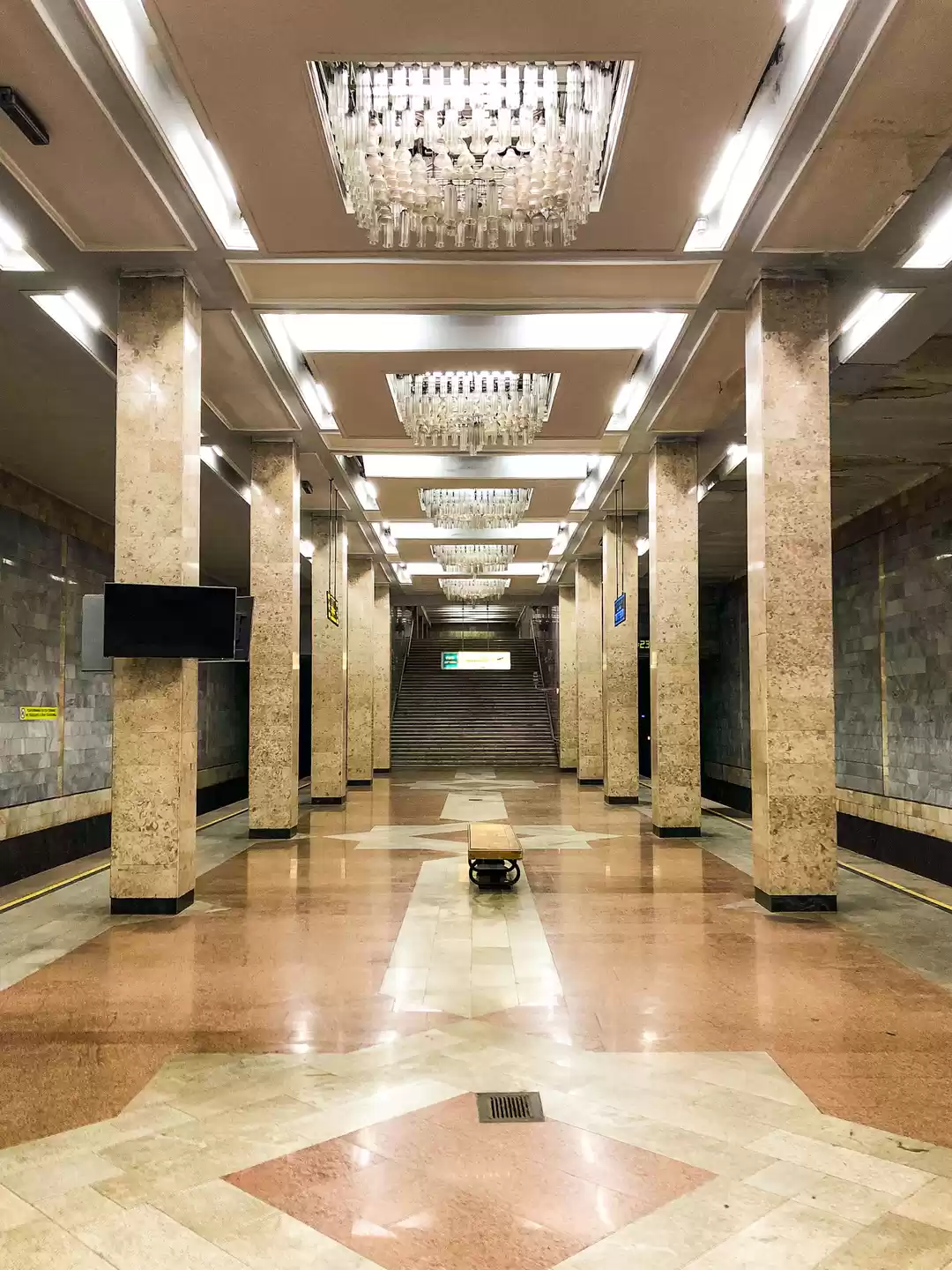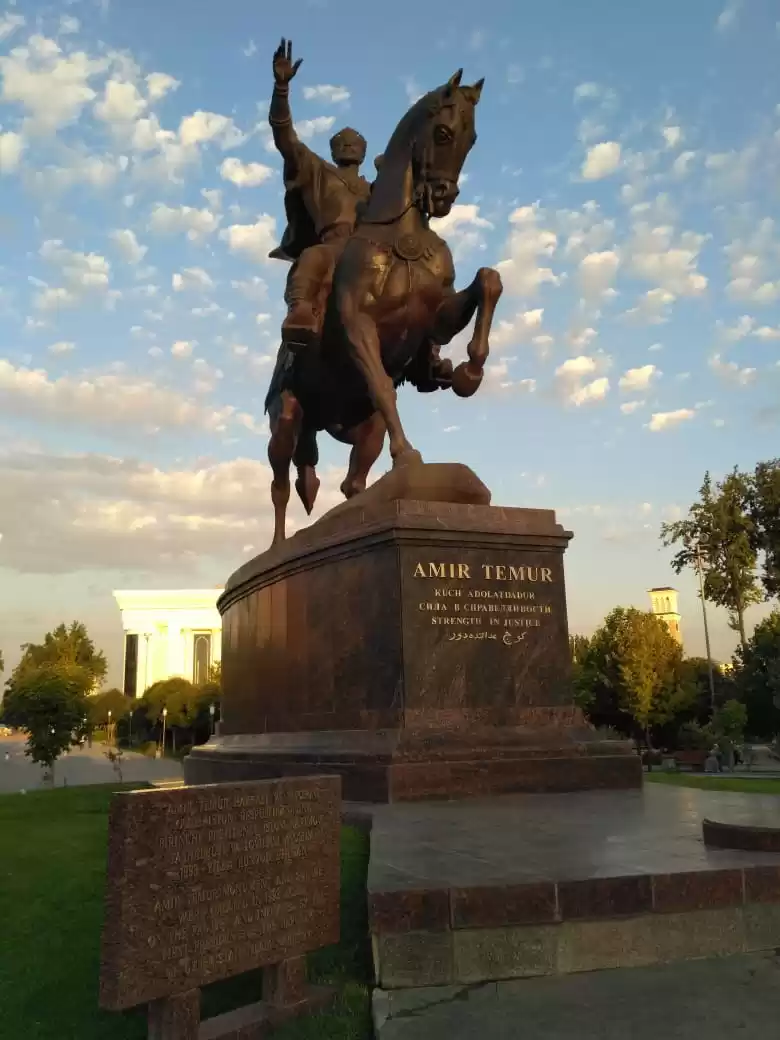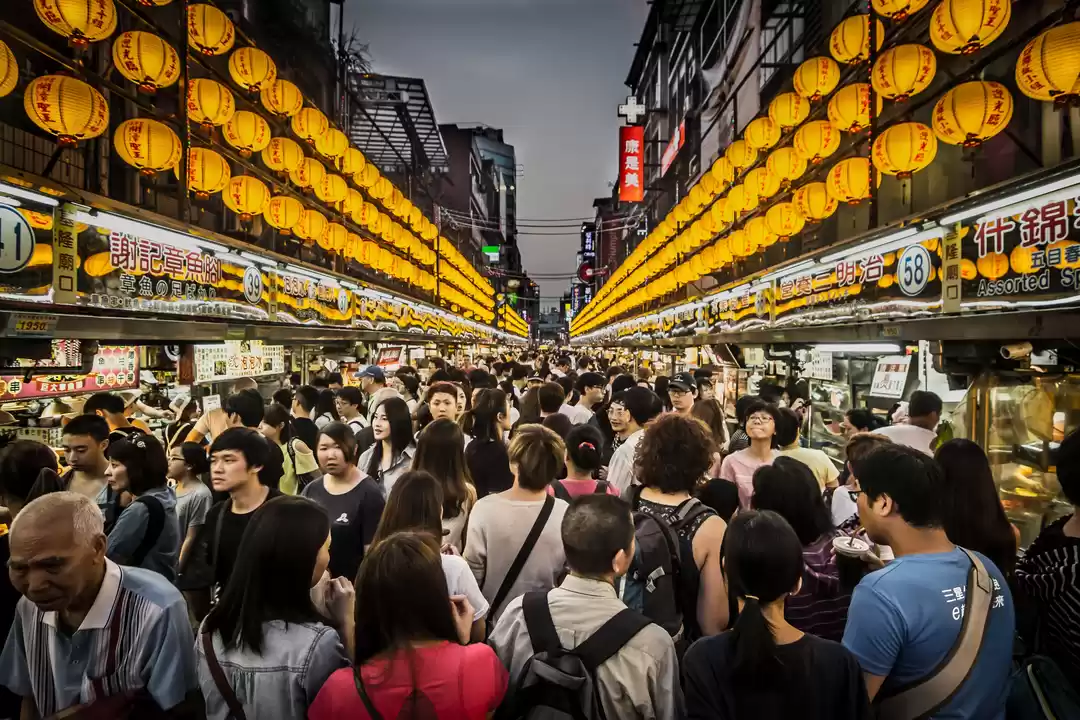Everything Bukharan: the Synagogue, the nons and the hammoms
if you ever take a trip to ancient places, and for sure, if it is part of a bygone era, like the Great Silk Road, then, my advice is, `stop and smell the roses’ and leave behind your sense of urgency.
A whole new world of an era gone by, unfolds before me, as I step into Bukhara after crossing the border from Lebap province of Turkmenistan. The walk between the border immigration office of Turkmenistan to border check-post of Uzbekistan is a walk into the no wo/man’s world for about good 25 mnts. You literally feel in real life, wish there were no borders, a sense of not belonging to confinements is perhaps good for the soul, the passport to connect with people, cultures, nature and everything that beacons joy and absolute bliss. After, my credentials were checked at the outpost, I hop on to the taxi (mashrutka) for a 7 mnts drive to Uzbek side of the immigration. Routine procedure and am out of the barbed wire fenced gate, and I step into the road to Bukhara.
This narrative is in part, here are few as we travel alongside.
Synagogue that stands witness to once thriving Jewish community in Bukhara, Uzbekistan
During World War II, Jews from European Russia were evacuated to Uzbekistan, and many remained there.
When the Silk Route was established between China and the west, there were many opportunities for Jewish merchants to thrive along the trading routes. Legend has it that Jews first came to Central Asia from Persia during 5th Century. During the spread of Islam in the 7th and 8th centuries, control of Bukhara was transferred between many different Arab rulers. And Jews were given the status of dhimmi, or “protected unbelievers.” The Jews of Bukhara lived through the ravages of Genghis Khan, the domination of Islam, the protection of Russian Tsars and the forced secularism of the Soviet Union.
The Jewish population of Uzbekistan peaked in the 1970s at around 20,000. However, over the years, the numbers have significantly declined due to the country’s poor economic environment, and the nationalistic tendencies of the government. Most Bukharan Jews have settled in the US, and the Ashkenazim have largely settled in Israel, Russia, and Germany.
Today though, the Jews are gone, and the area that was once their home is dotted with bed-and-breakfasts, shops and restaurants that beckon the tourist into the Jewish Quarter, known as the "Old Maḥalla," which is somewhat of a labyrinth, with winding alleys. And, what can be found here, is a small Jewish community, who follow a traditional way of life.
Entering into the well-kept white courtyard (dalaan) you’ll find the walls adorned with Hebrew inscriptions and photographs. Behind the Uzbekistan silk curtains there is a traditional Sephardi Torah in a round, metal case from over 500 years ago. The synagogue dates to the 16th century, and although still in use, the number of people who attend has sharply declined in recent times.
The rabbi was very gracious in showing us around, telling us about the congregation and about the history of the Bukharan Jews. Literally, a walk back in times!
The lanes & By-Lanes and the `Non’ door step delivery men & women……….
I don’t know if my words would do justice to what I would like you to experience if ever you are thinking of visiting this part of the world. Just a walking tour will give you so much to know that a lonely or not so lonely planet types or many such travel books would ever give you the insights of real people and place. If you do, please do stop by and savour the `non’, the soft & fluffy Uzbek flat breads. Like coffee, tea or dates, sharing `non’ or `Chorek’ (as called in Turkmenistan) has been elemental to the region’s hospitality traditions for millennia. The legend has it, that Uzbek `non’ is put beneath the head of a newborn child, in hopes that it will give the baby a long life. `Non’ in Uzbekistan is rarely, if ever, cut with a knife at home or in traditional social settings: Rather, it is broken into pieces by hand. It is considered disrespectful to place a loaf of bread facedown, and even more so to allow crumbs to fall on the ground. And there are so many such practices, folklores and stories that is to do with `non’.
The newly-weds:
I am told about this trend seen all over the country even so in the region, where the newlywed couples come to take wedding photos (a trend on pre/post wedding shots I’m told is even getting popular in India). These shots are from my first encounter of the Uzbek bride and groom, sweating in a tuxedo and full-blown white meringue dress – train, tiara and all. Either they seem to be following me, or I happen to be just there
The Hammoms (the medieval bath houses): Hammon Kundjak.
A trip to Hammoms is a must if you’re visiting this part of the world. I ended up visiting the Hammom Kunjak, for women only hammoms in Bukhara. It was great! Very earthy, but really good and totally authentic. The building is also beautiful: ancient and austere and atmospheric. It's for ladies only, though. It was a different kind of experience from the hot stone water bath back in Bhutan! And yes, the modern wellness spa must have borrowed the idea from these hammoms.
It had a purpose back in time when Hommoms have always played an important role in Central Asian life and continue to do so today for tired travellers and those who wish to seek therapeutic healing for their body. In olden times, I am told they were places to relax and socialise as well as to wash and take part in the Islamic ritual purification rites before Friday prayers. Like a sauna, men would sit on heated marble surfaces in a steam room and wash themselves down with water from a bucket before having a shave - of their heads that is, not their beards. It's traditionally where mothers bring their new-born babies at 40 days old for a first ritual wash. It would be interesting to know how these spaces were gradually transitioned to women only hammoms separate from men and more importantly, assertion of that space to liberate themselves from the otherwise regressive controls on their body and identity.
What is intriguing being, the very civil architectural marvel of the construction of one dome like structures with 1-2 levels which are quite well insulated. As you enter the hammom, you are greeted by this very elegant,suave and gentle matriarch of the place at the sit out area well carapeted and lined up by individual cupboards to keep your valuables. After pleasant exchanges and a cup of choi, you muster the courage to take the plunge! Rest as they say, see you at the Silk Road Caravan.
